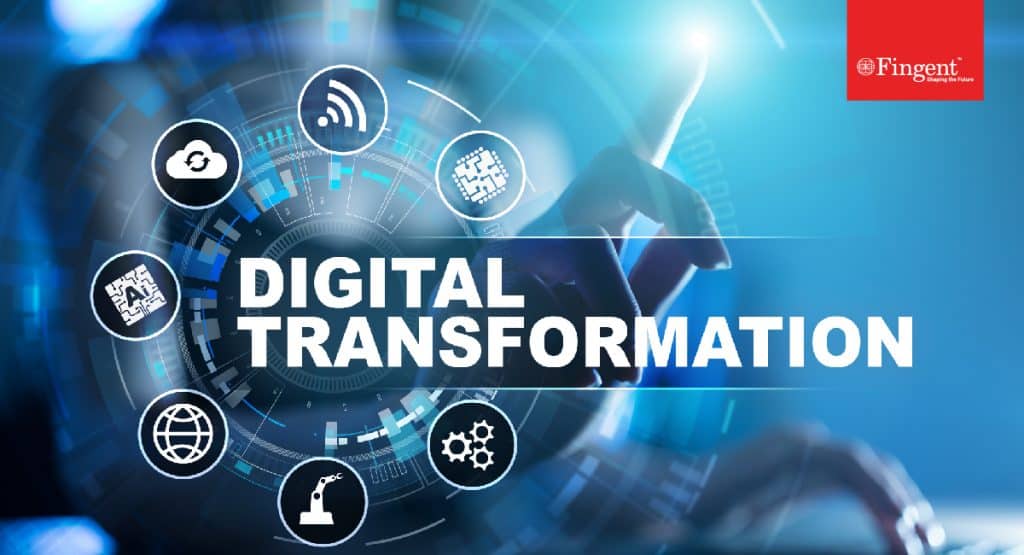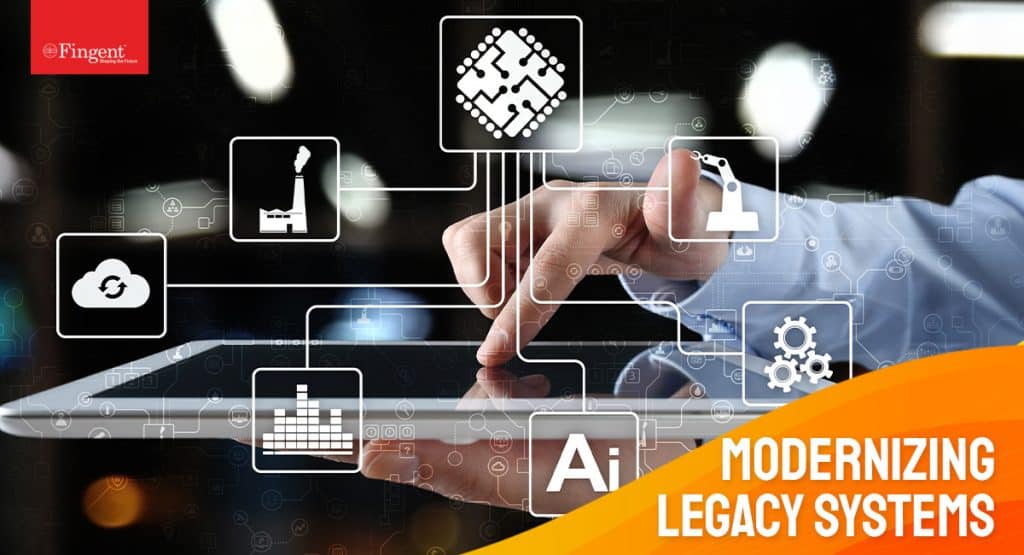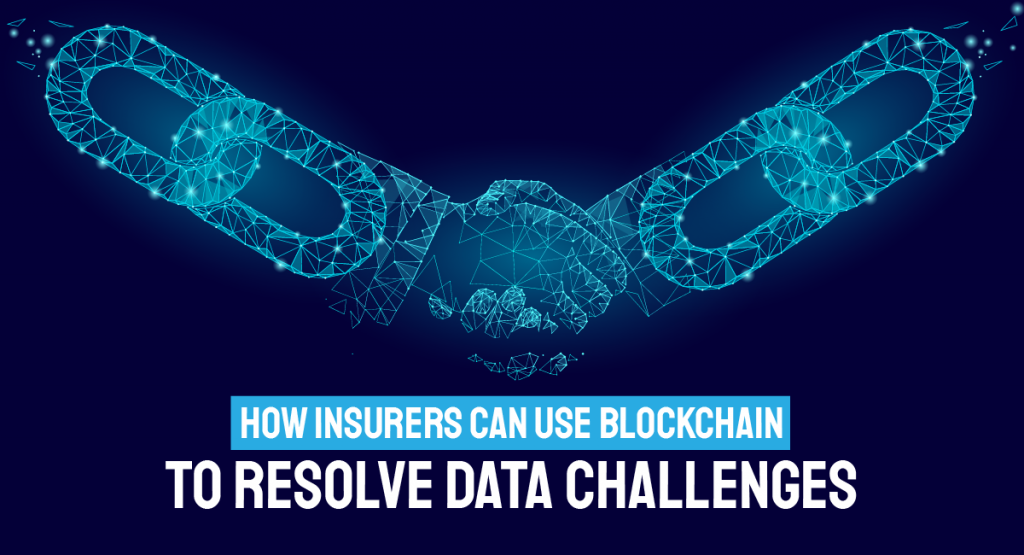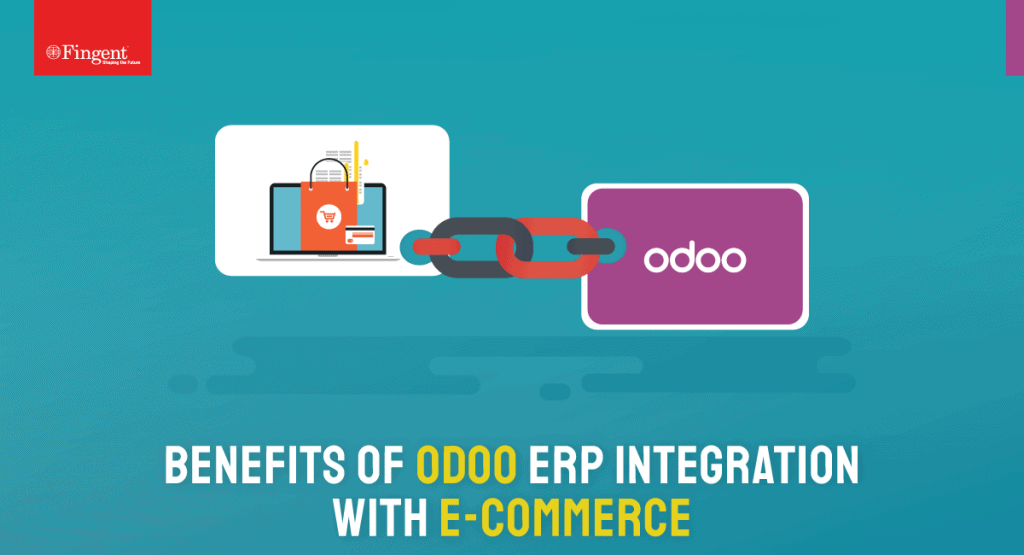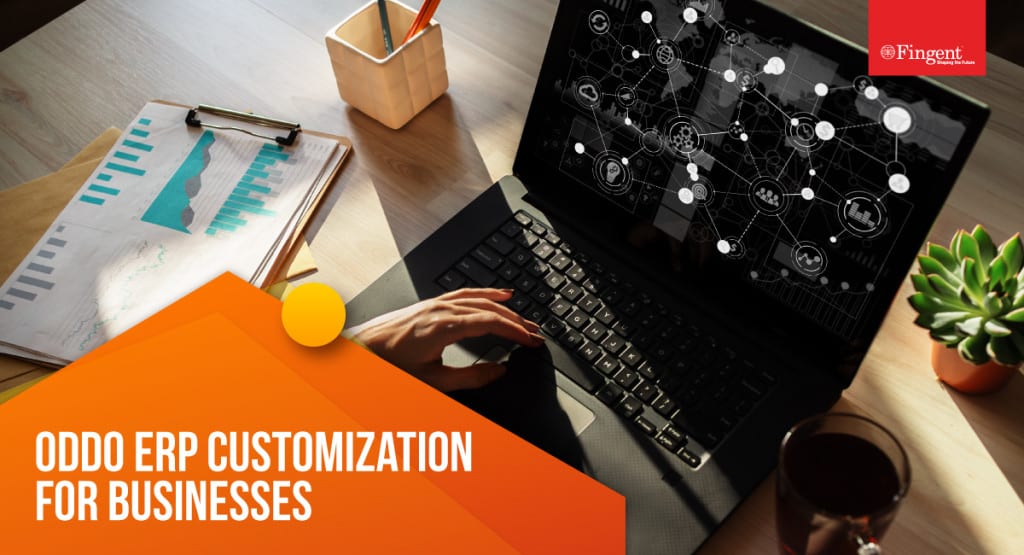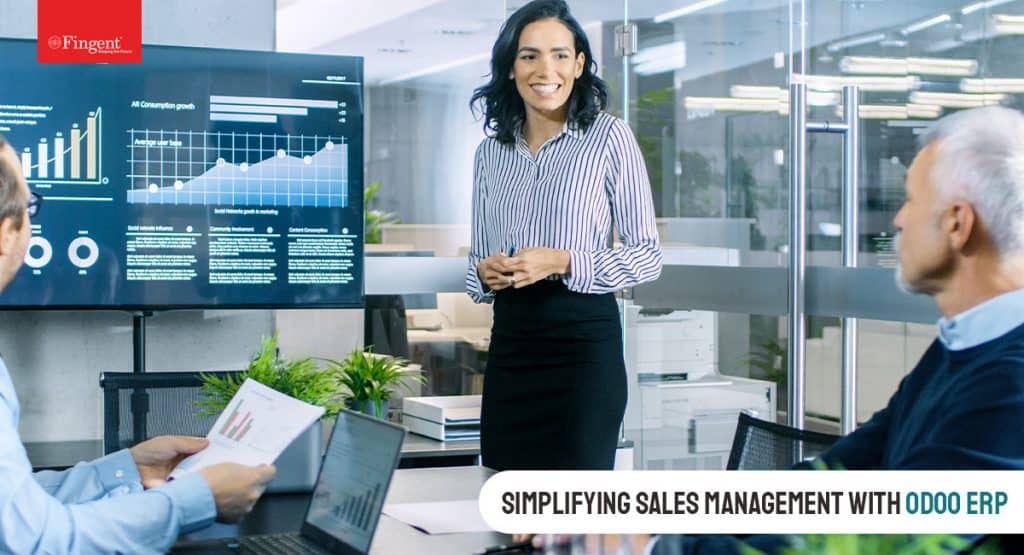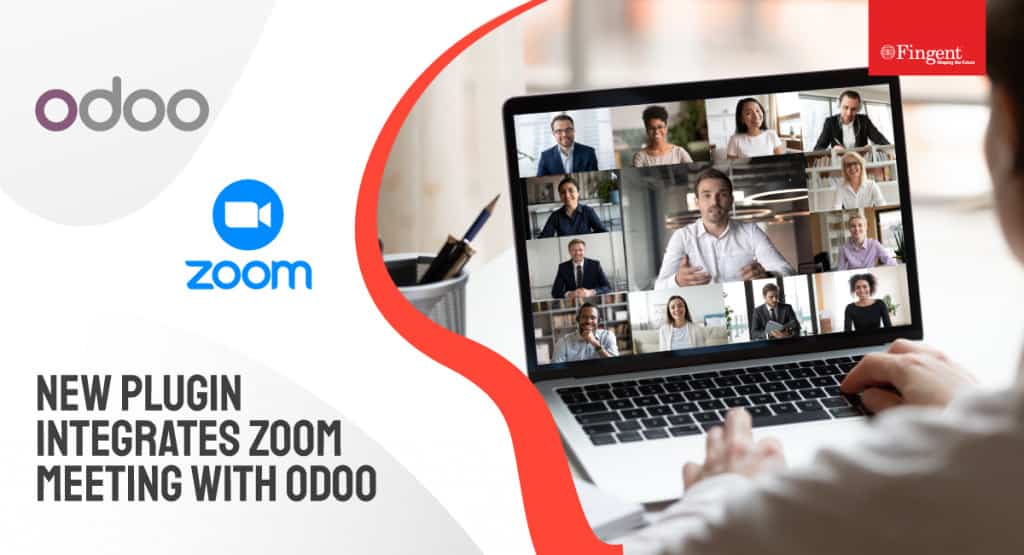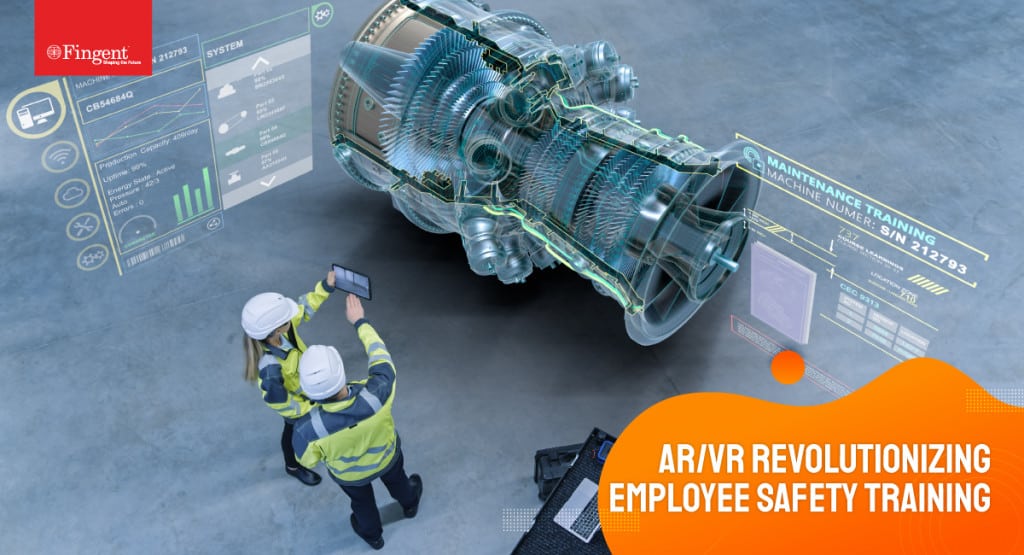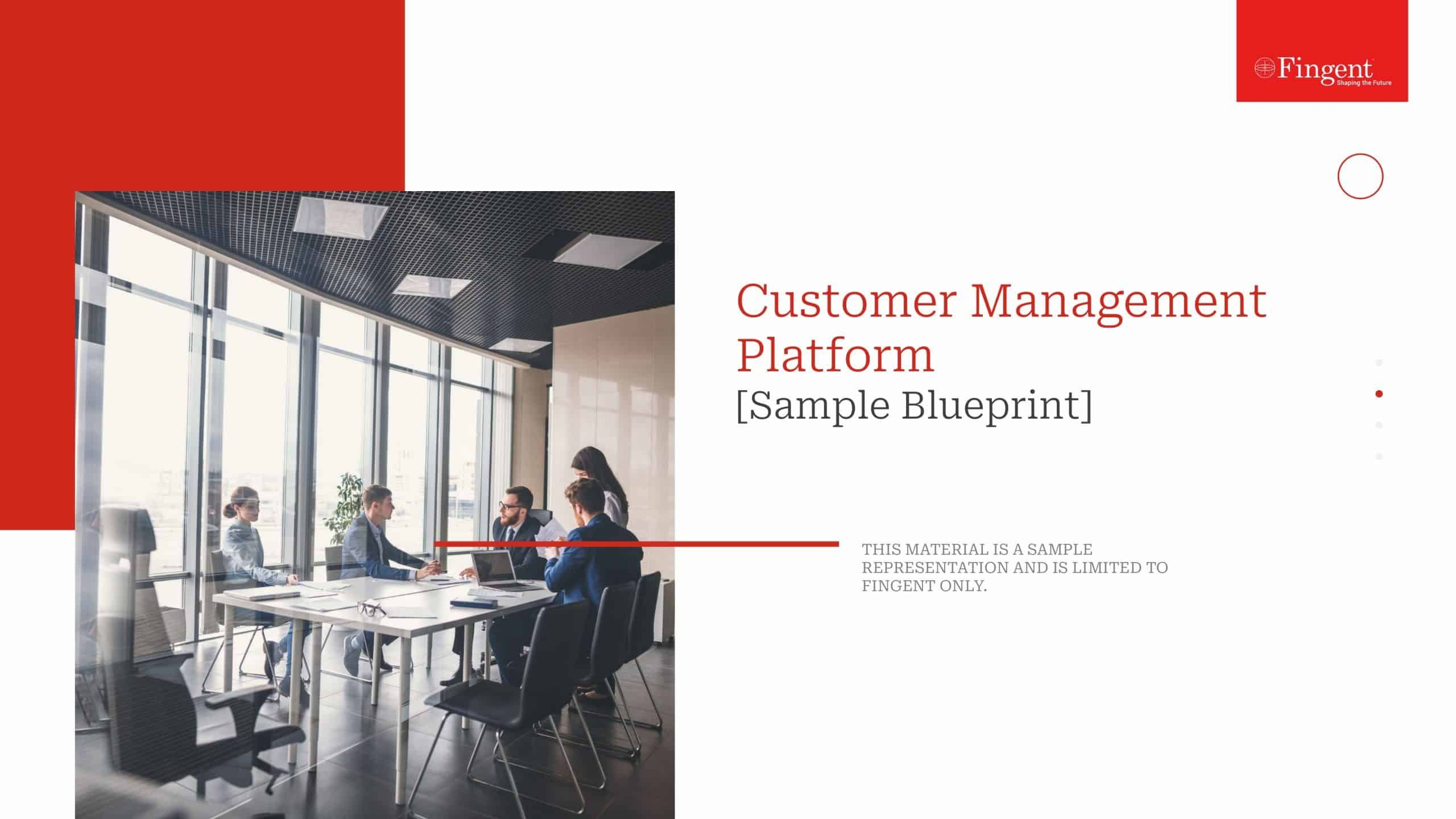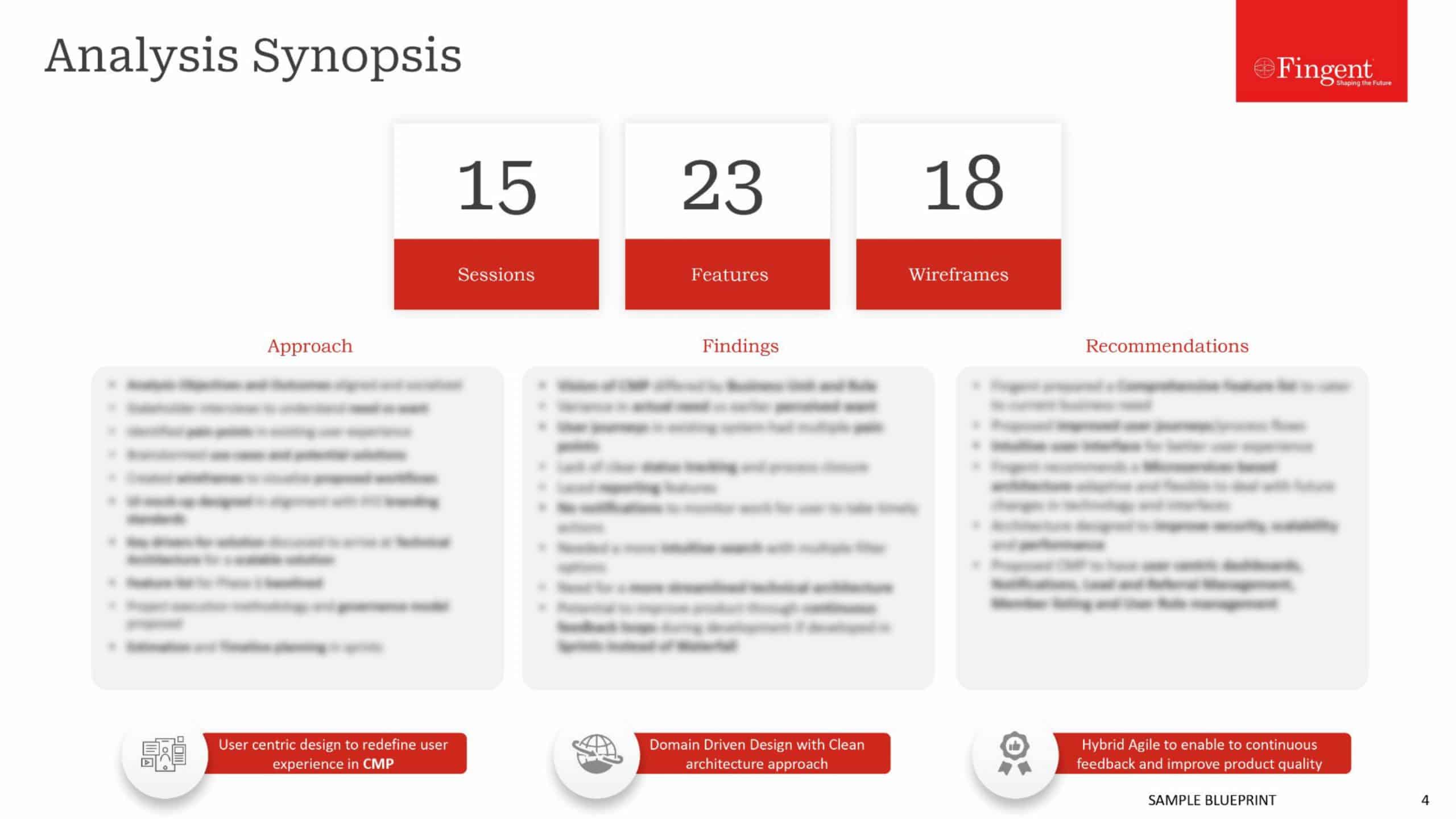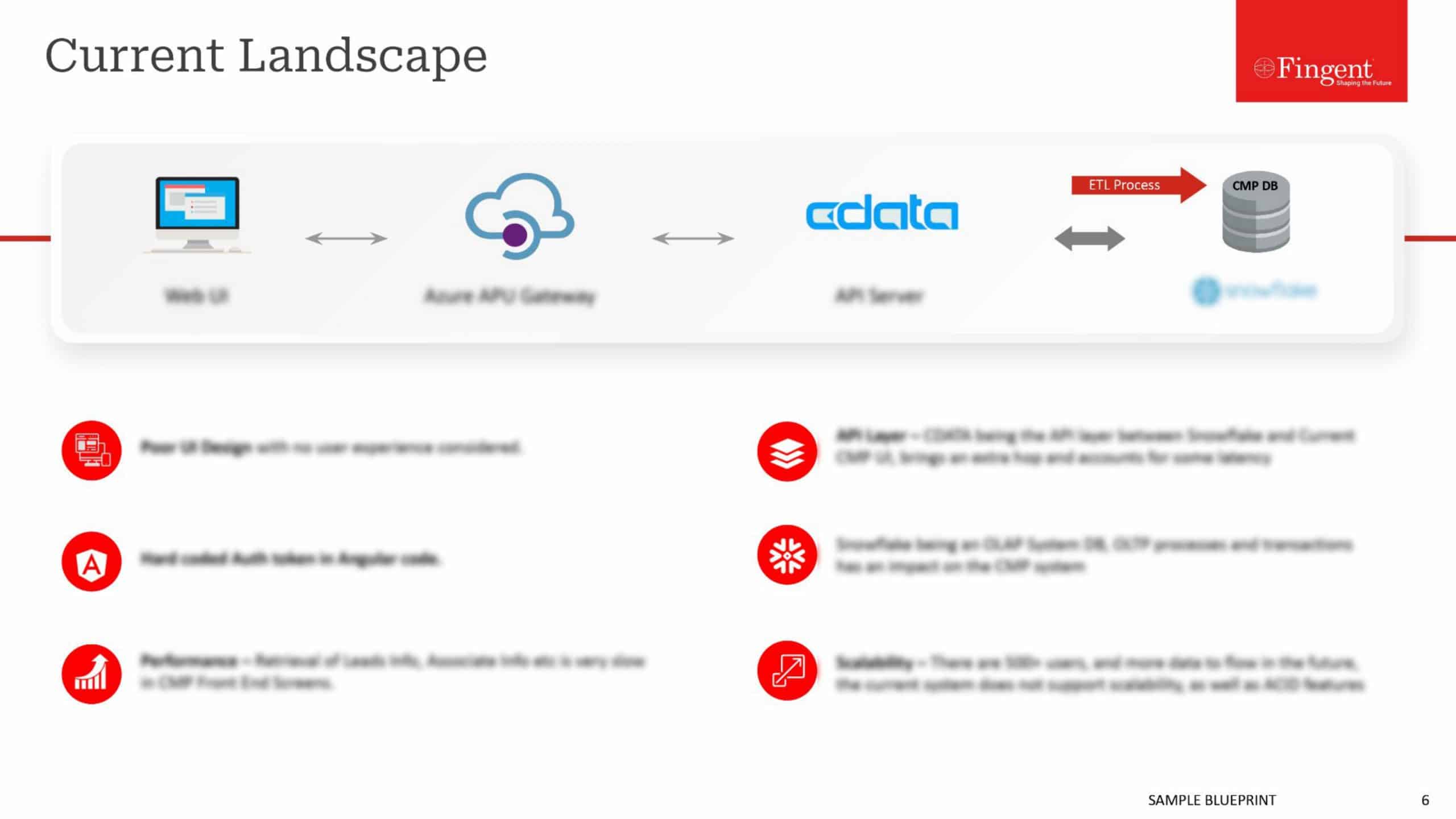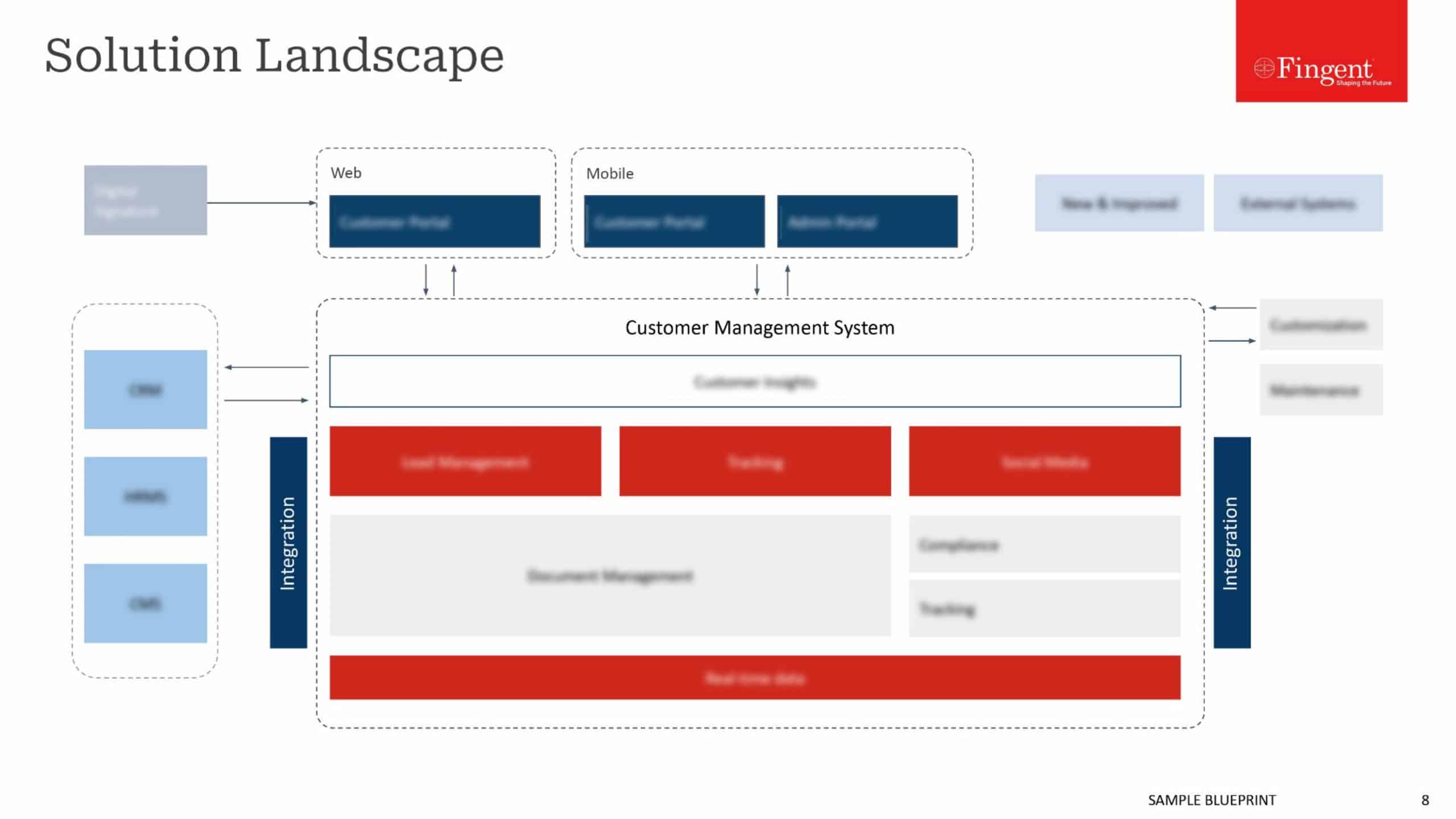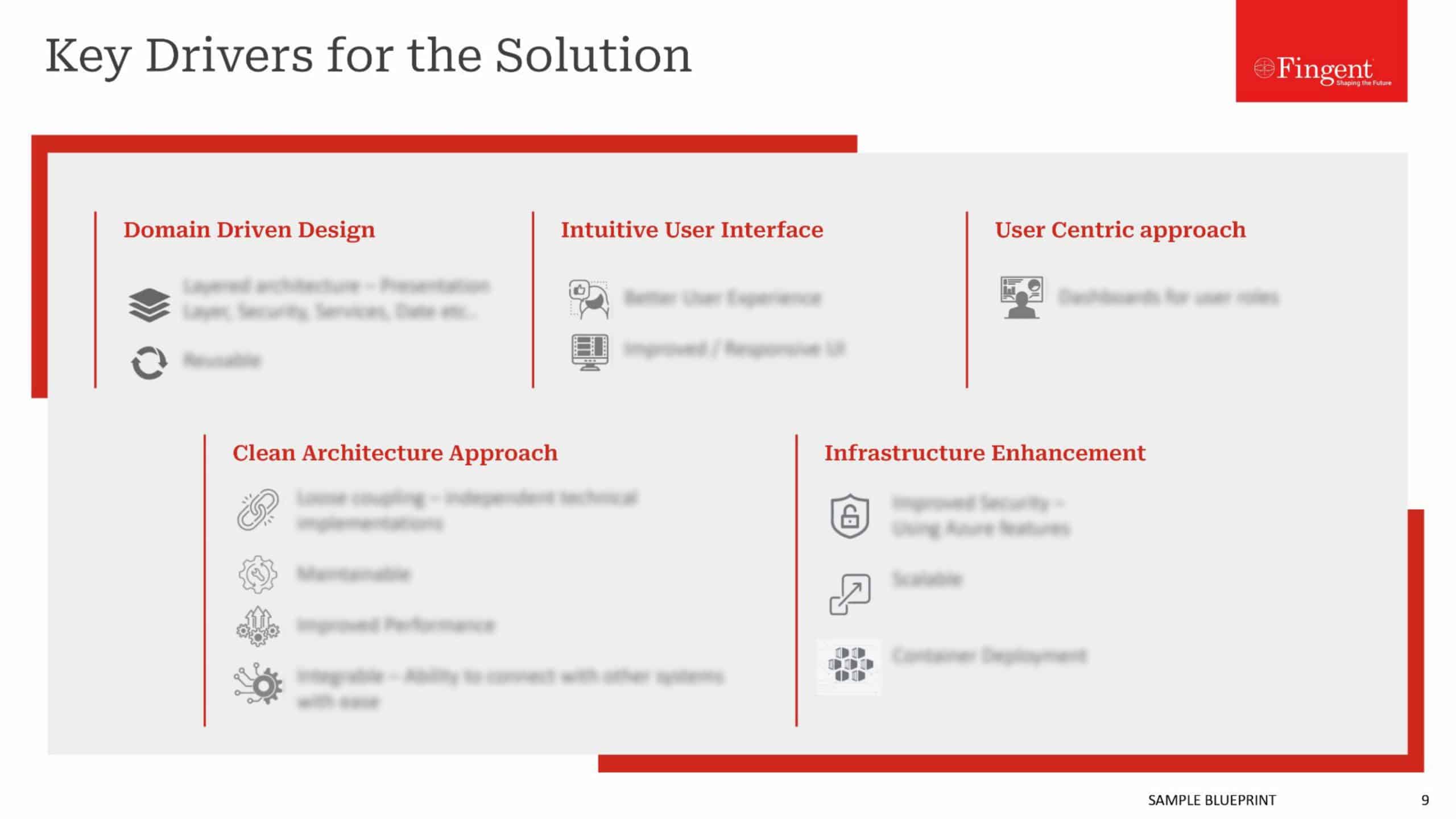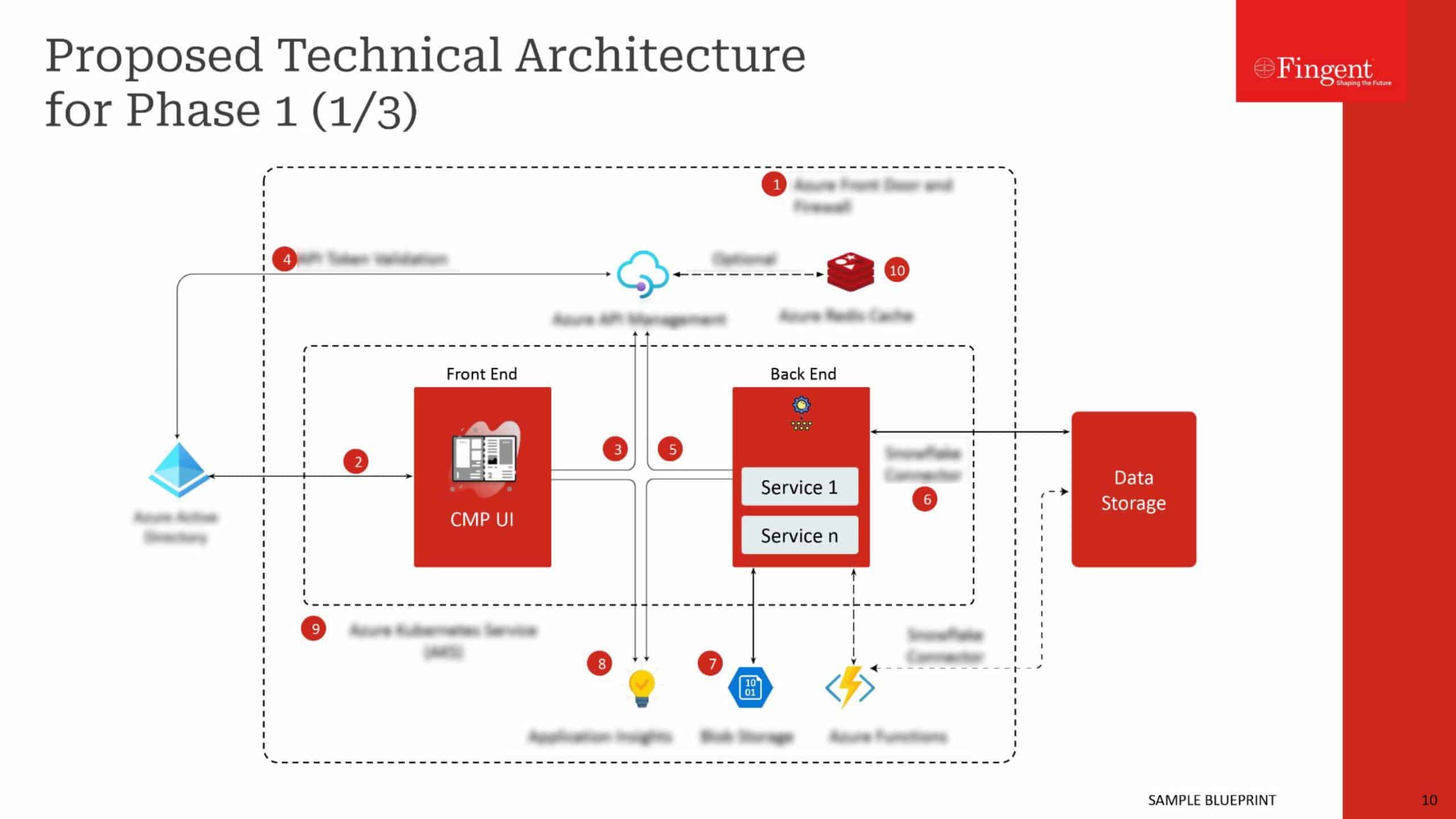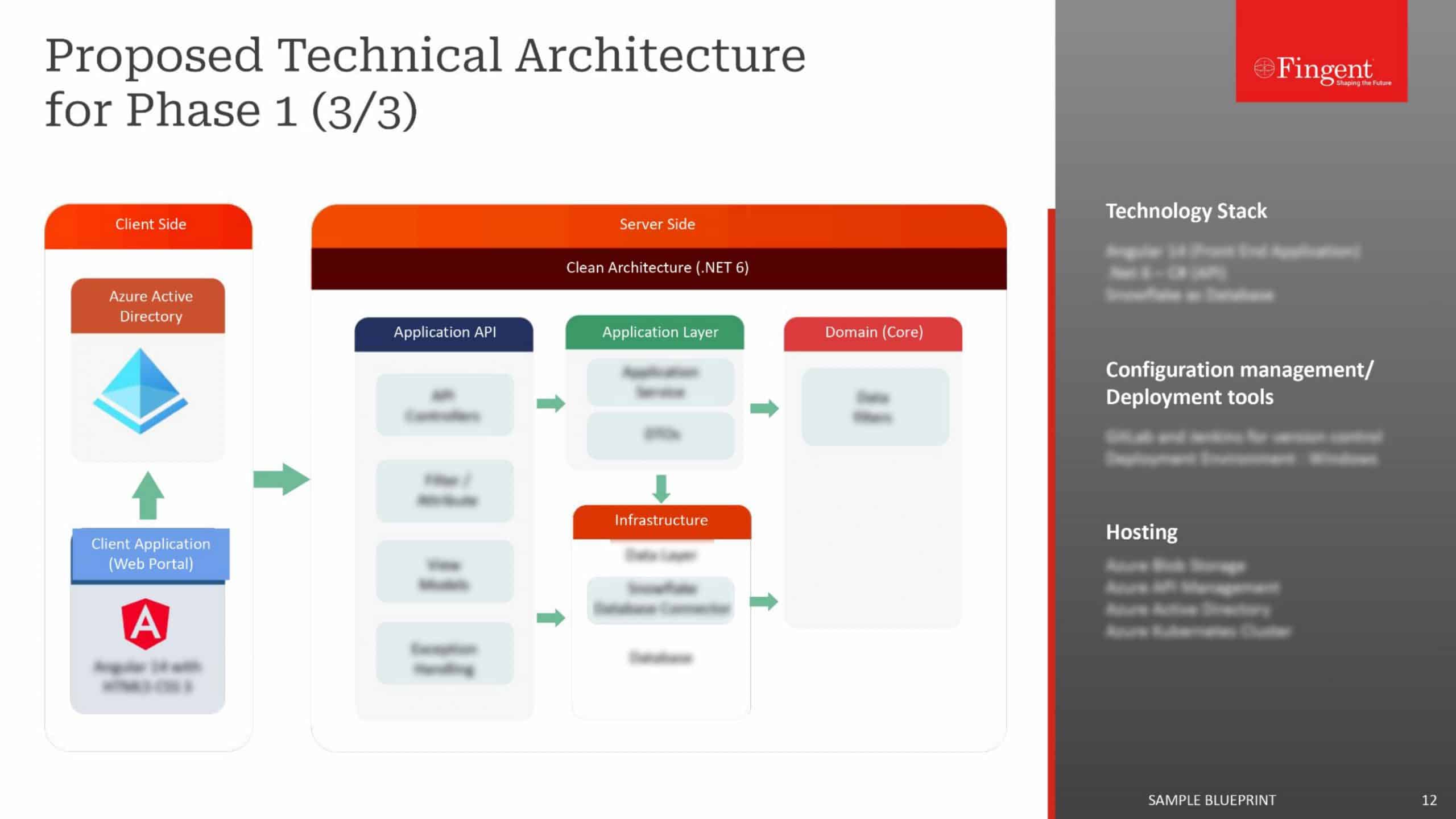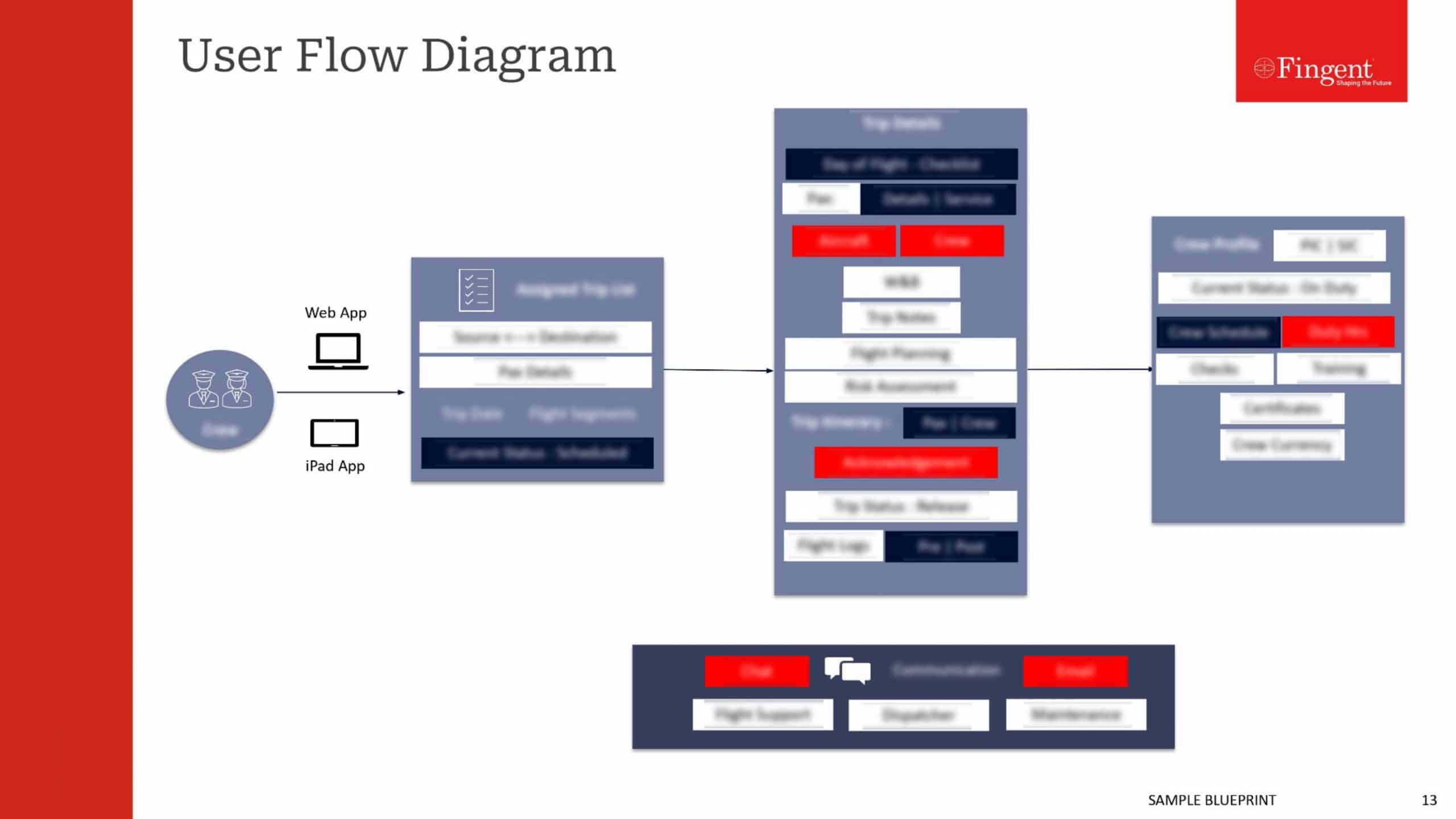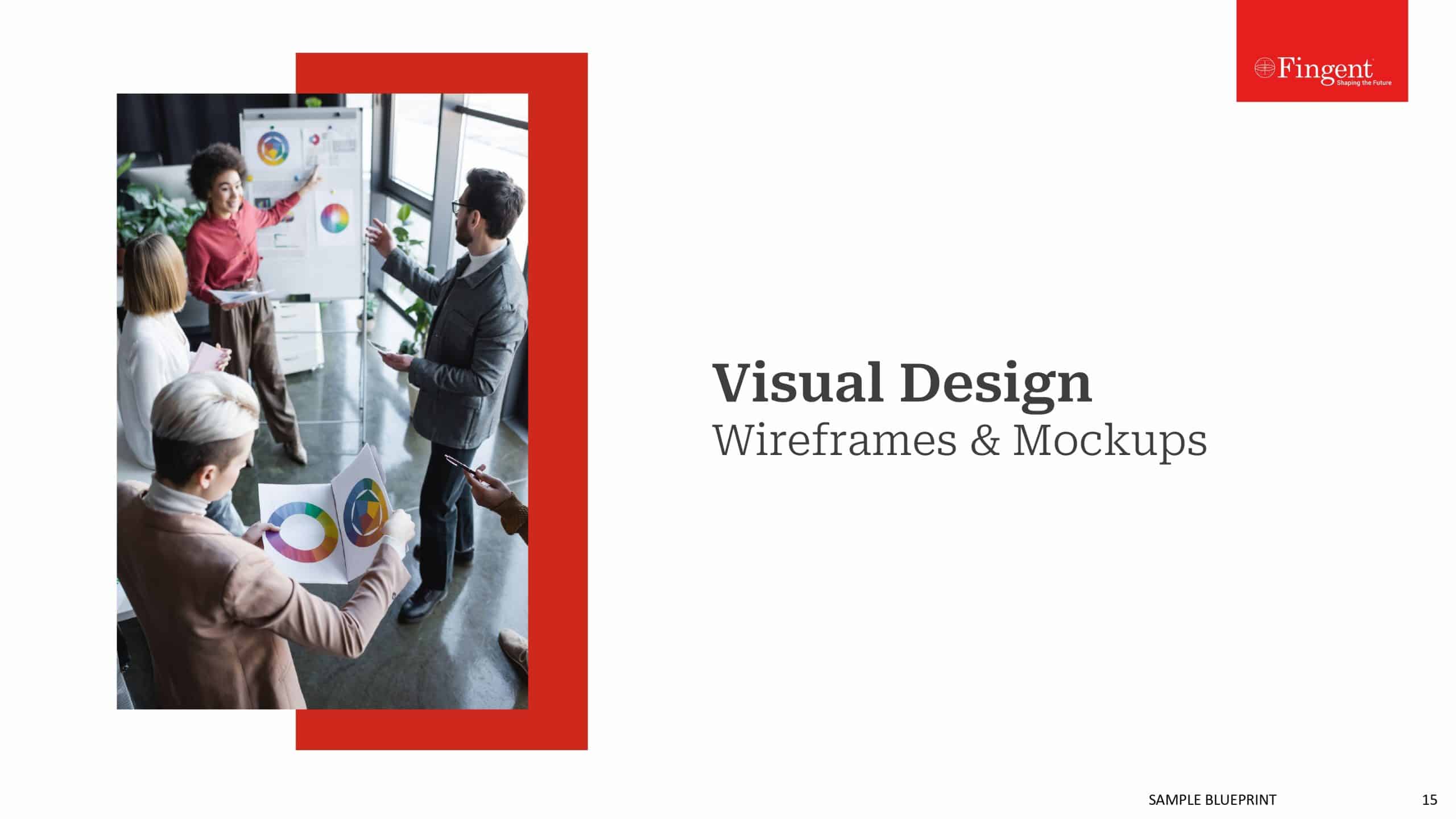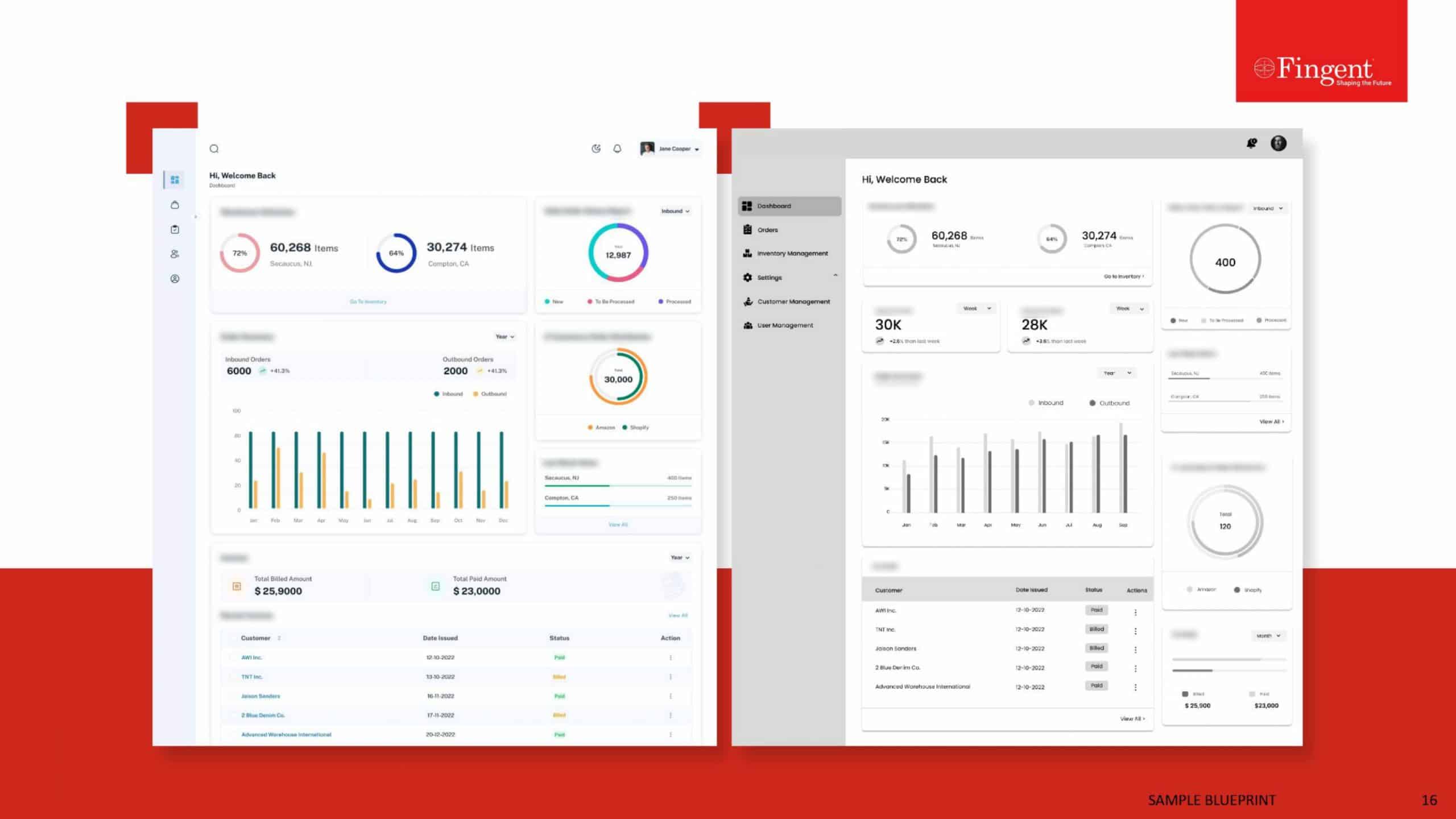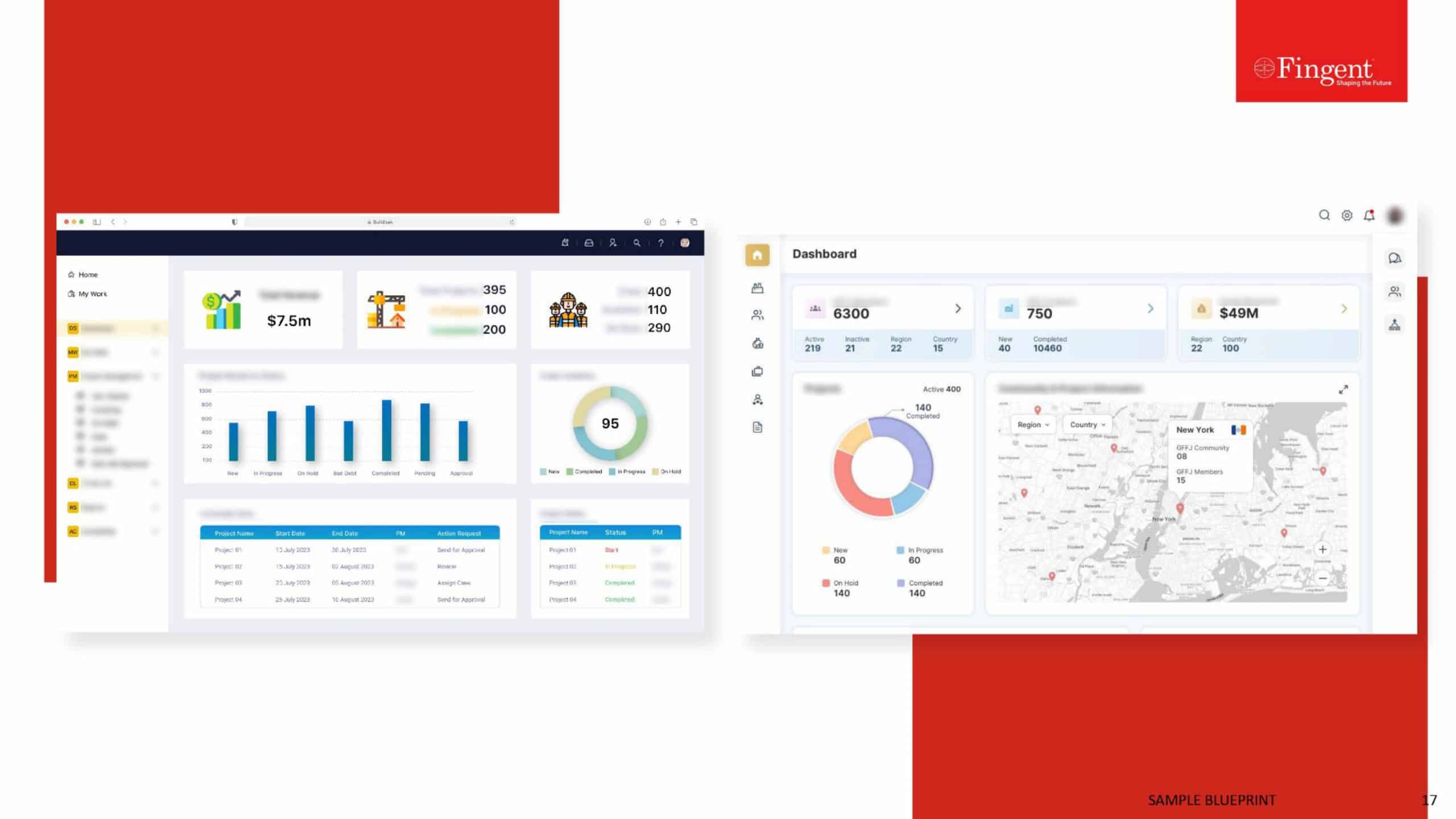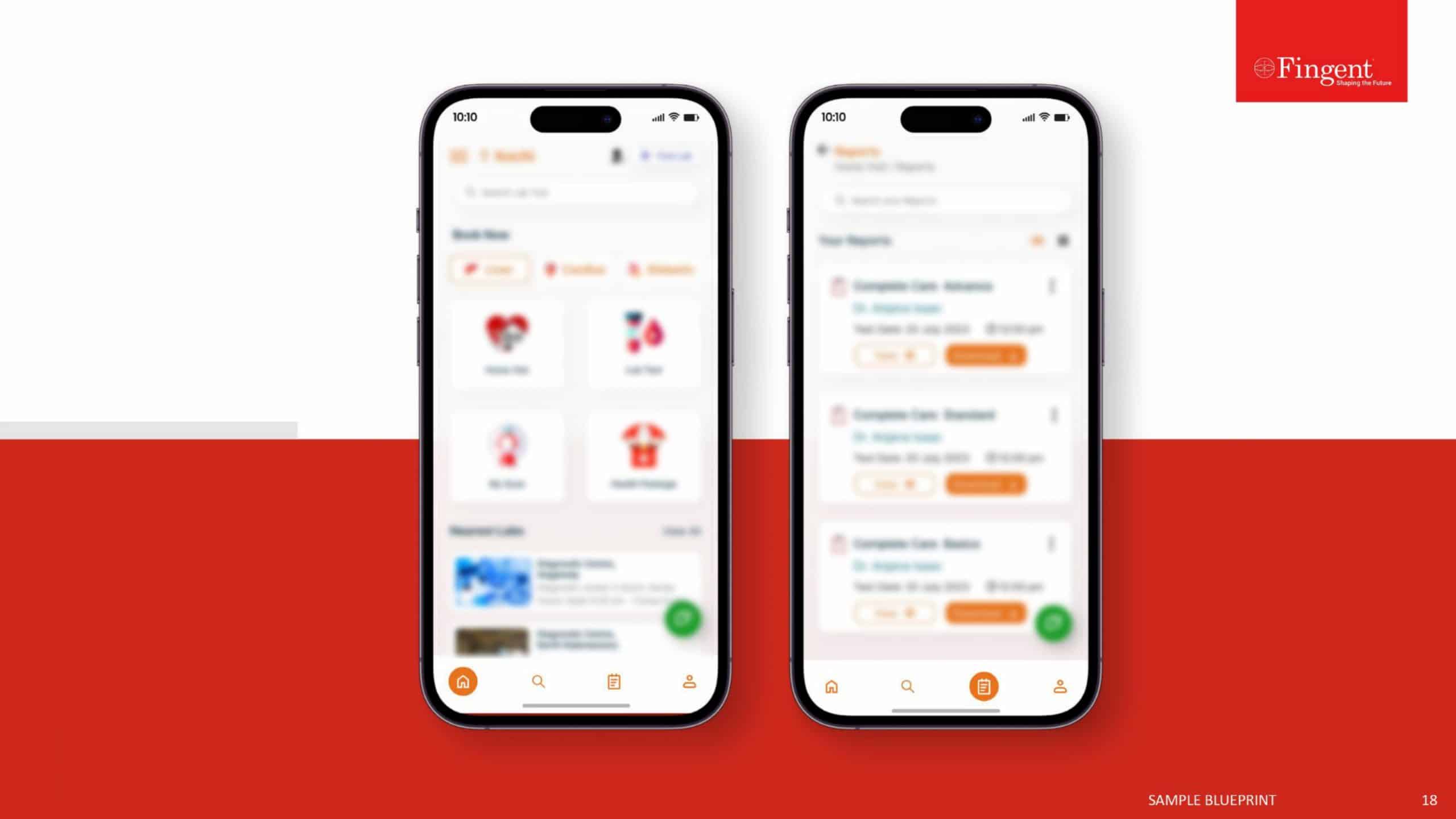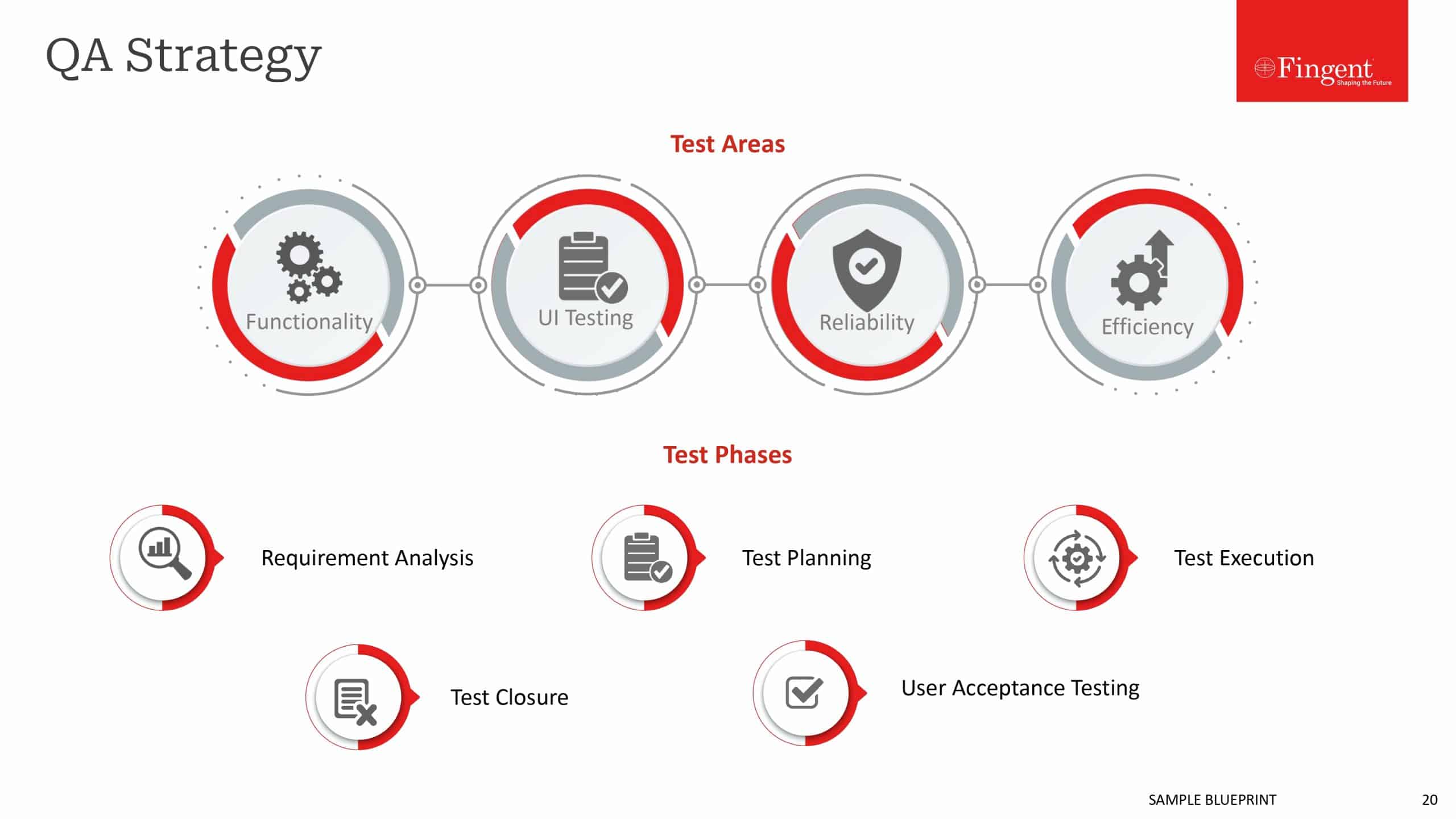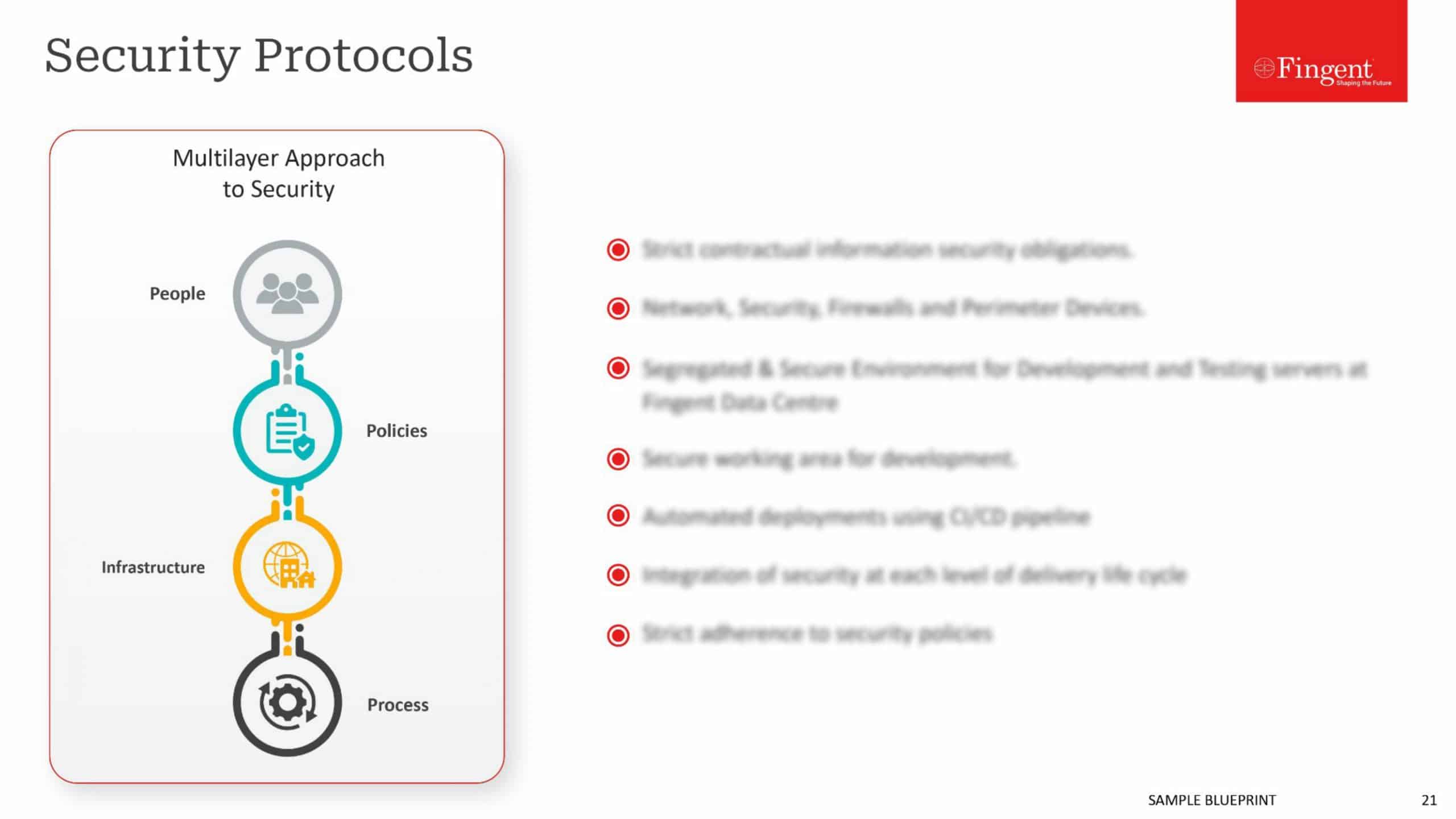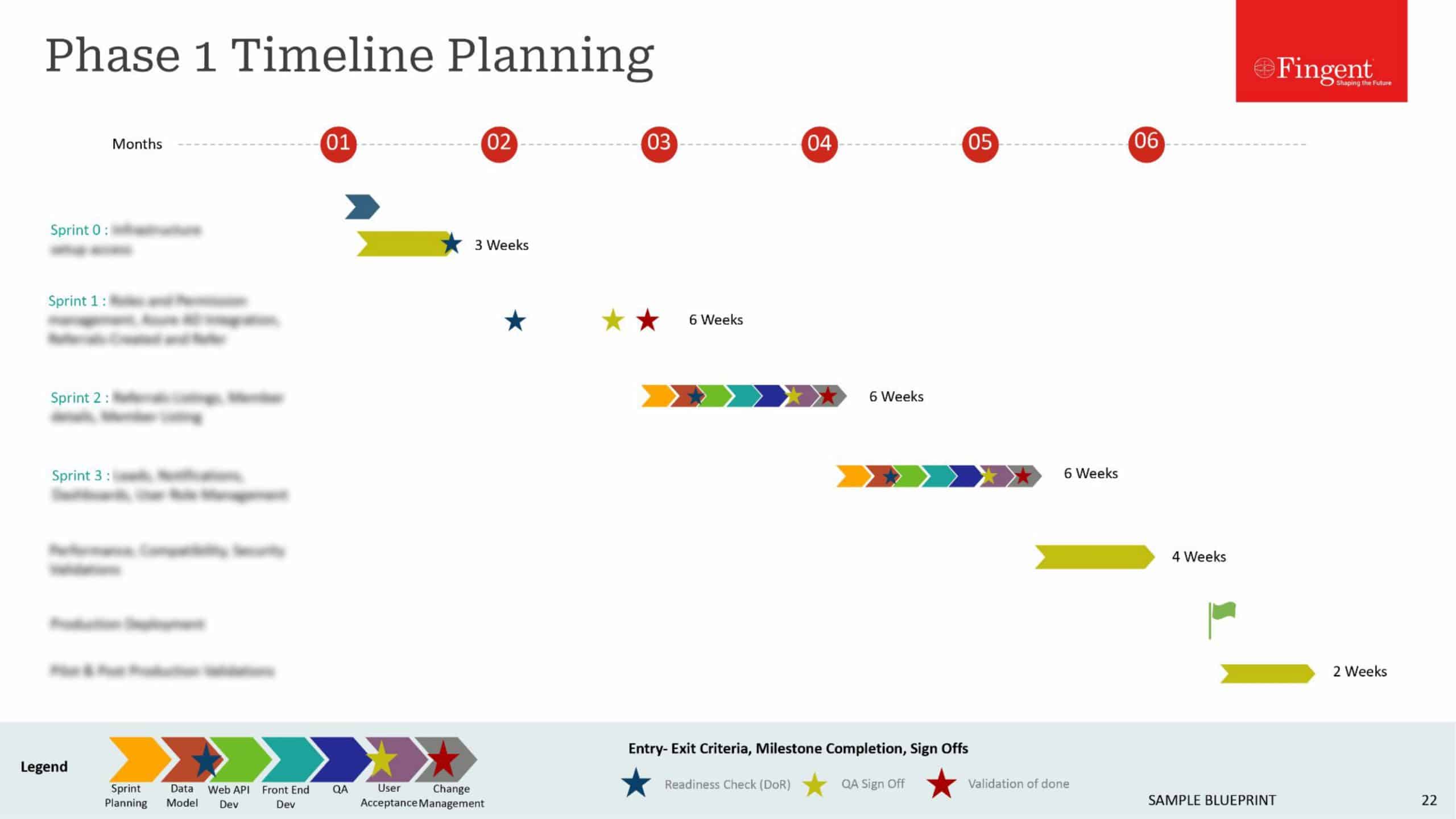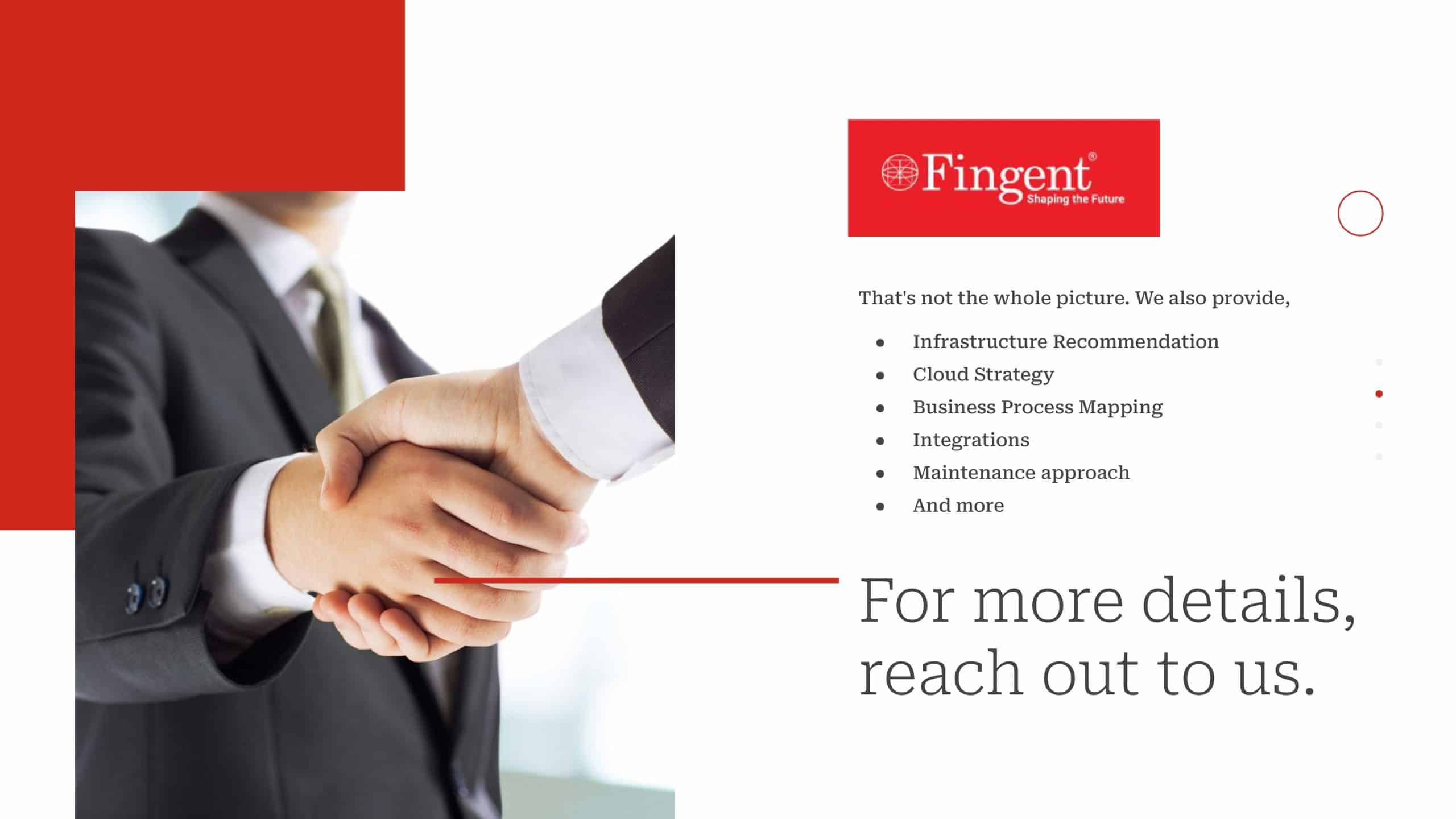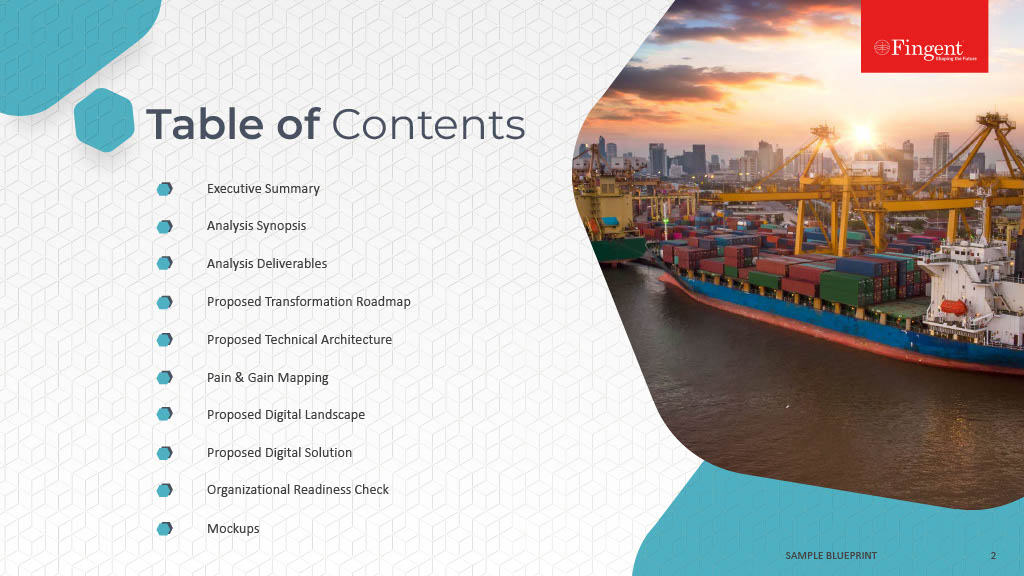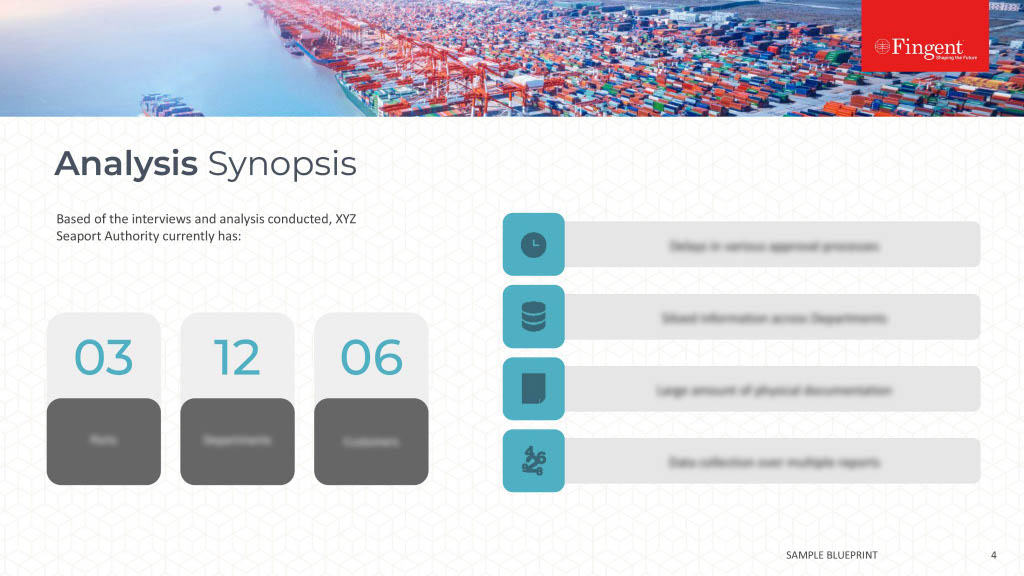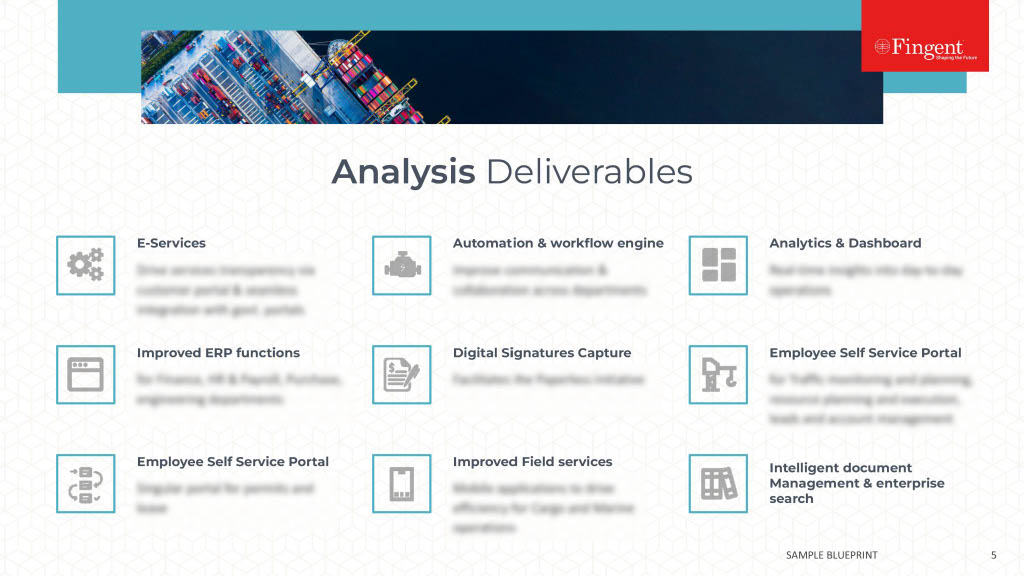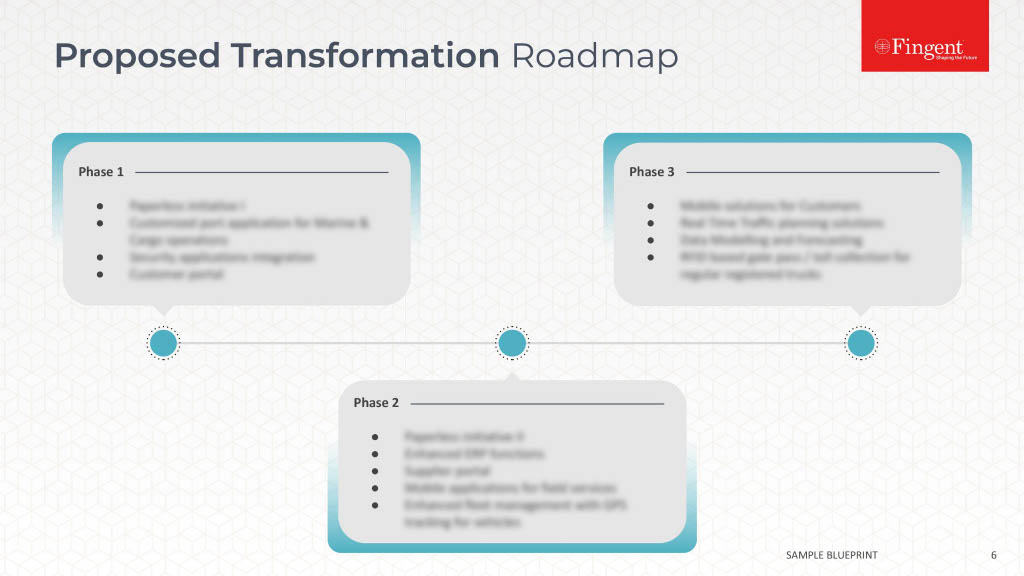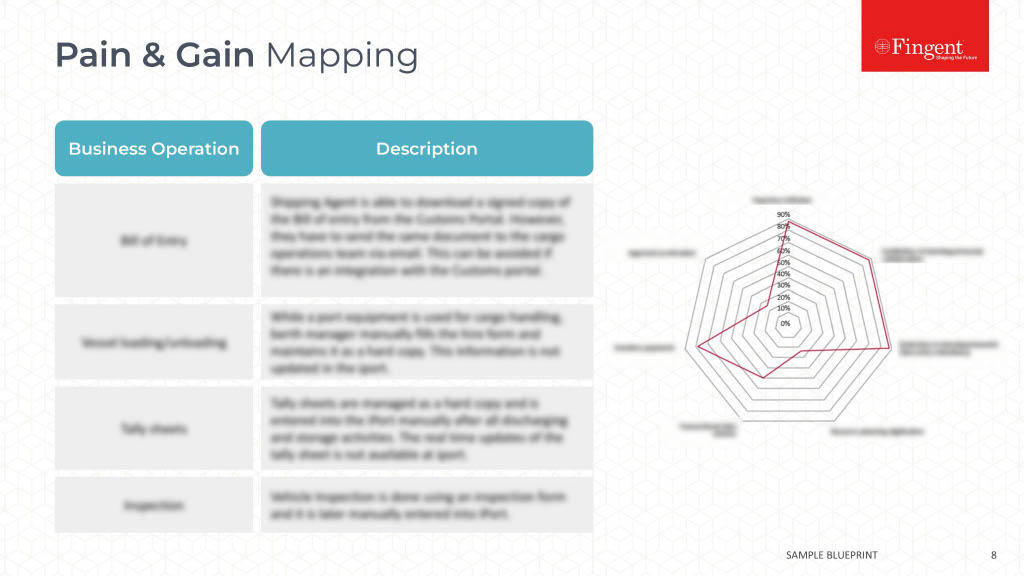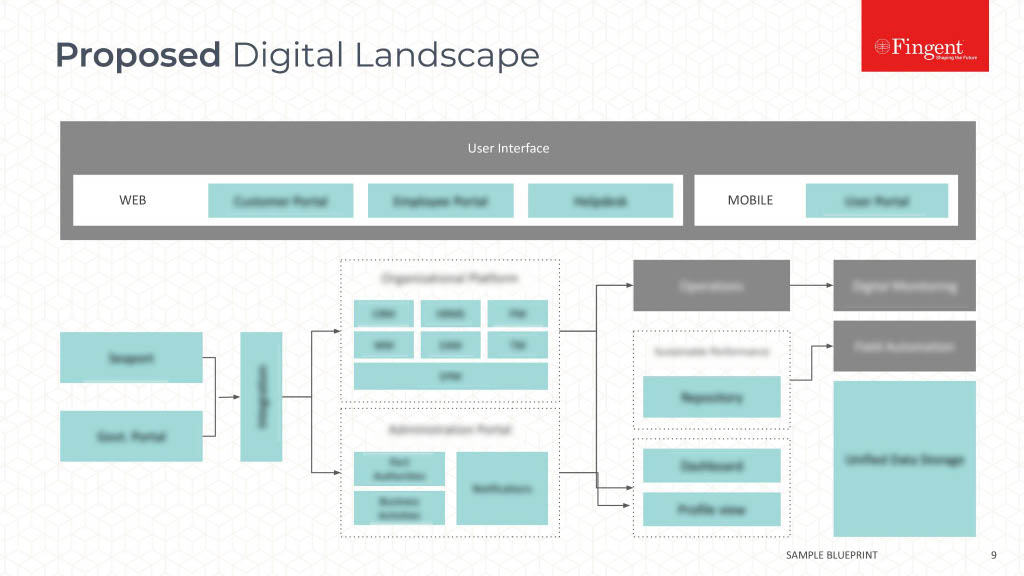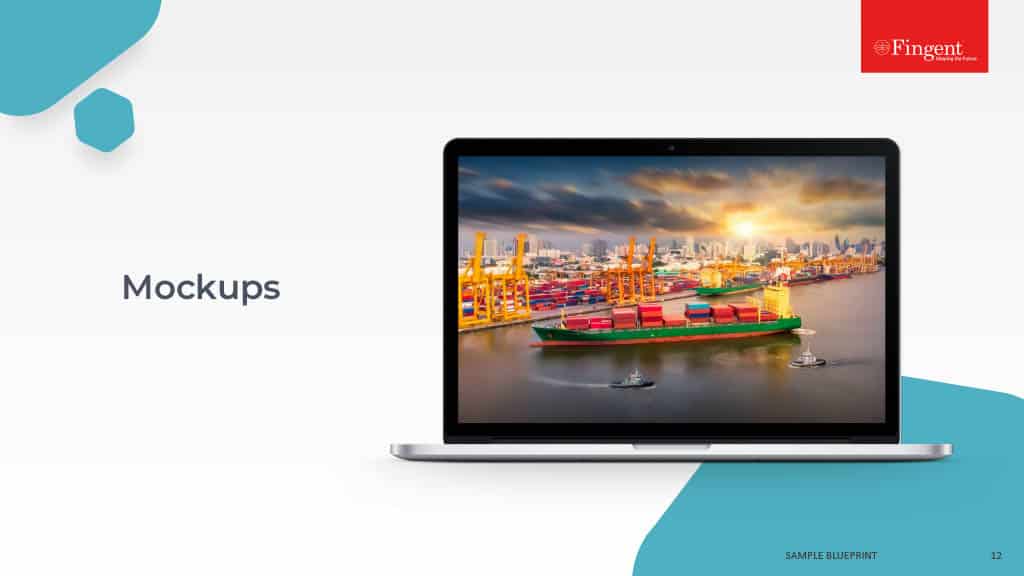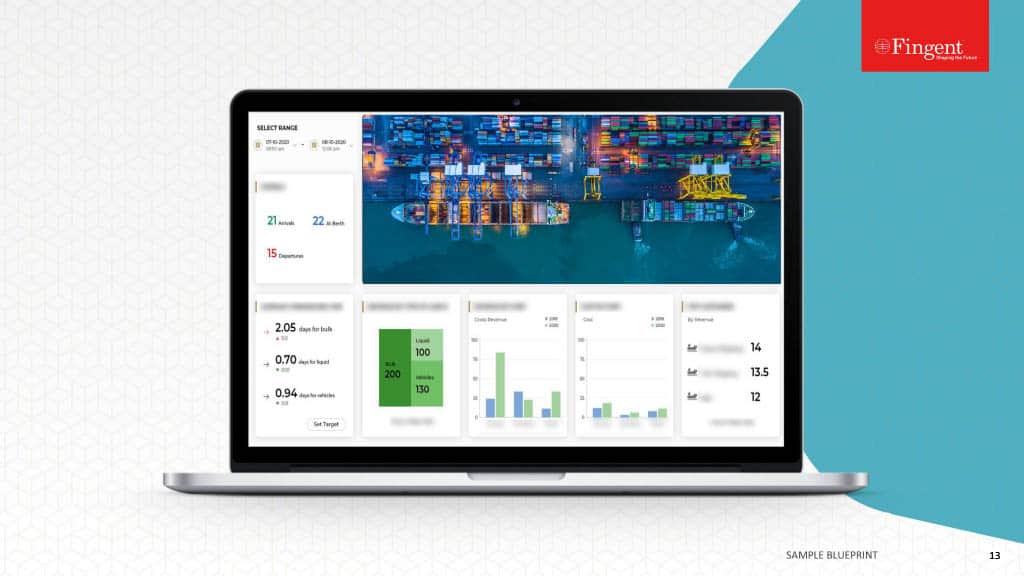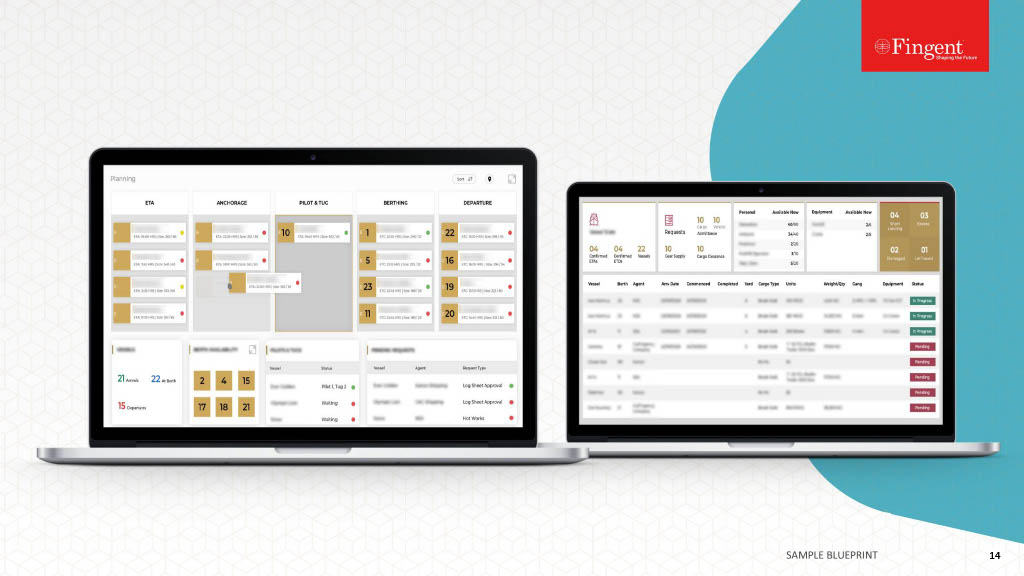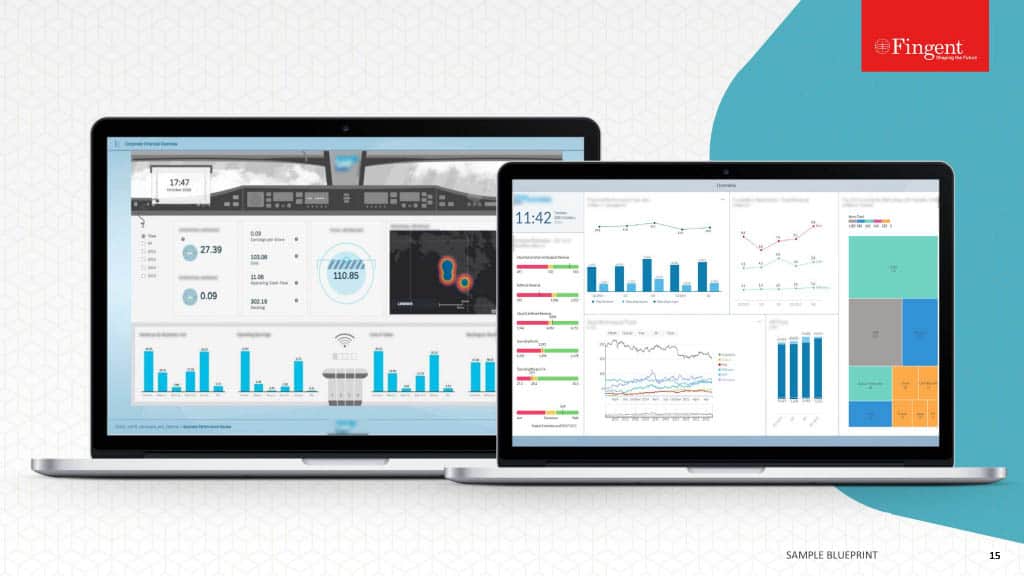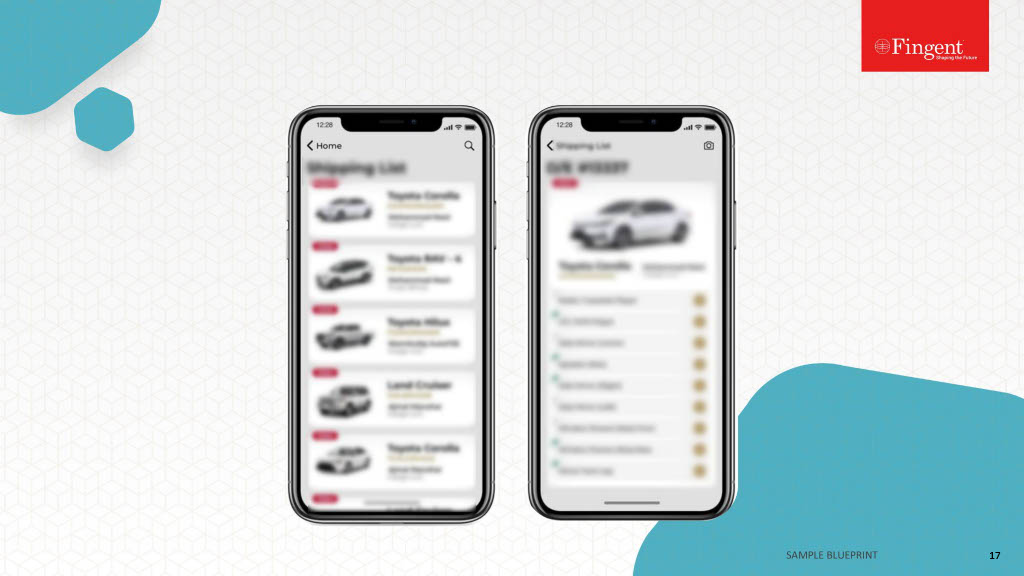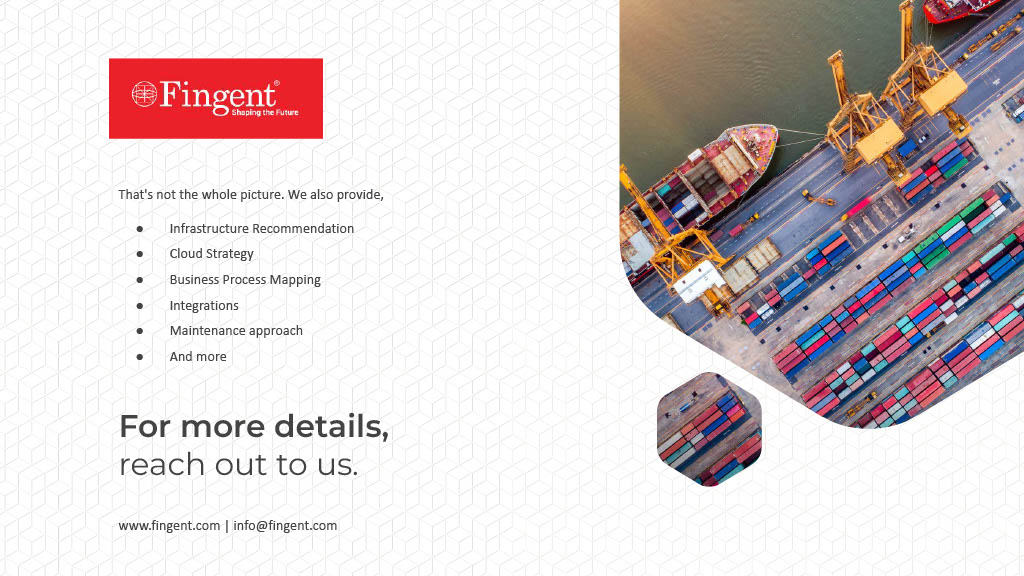Category: Digital Transformation
Reduce your operational costs and unnecessary investments with legacy modernization
Since the pandemic started tightening its grip on the world, businesses have seen an unmistakable acceleration in digital transformation. Legacy application modernization enables enterprises to have the agility and ability to respond to dynamic changes. Software technologies are being enhanced and deployed at an unprecedented scale, and most businesses have noted a high appetite for digital transformation.
Read more: A Detailed Guide to Understanding Digital Business Transformation
Your business should also have an application modernization strategy to ensure business continuity and growth in a highly volatile market. Modernizing your existing applications or systems is the best way to monetize the current capital and avoid unwanted technology investments.
Legacy application modernization helps you get rid of accumulating technical debts and business paralysis. This blog discusses how application modernization enables businesses to transform digitally and scale up during the pandemic.
What is application modernization?
Application modernization involves updating older software for new computing approaches. These updates include new languages, frameworks, and infrastructure platforms. We can compare this update to renovating an older home, enabling it with better safety, structural integrity, ease of use, design, and so forth. This practice is also called legacy modernization. Legacy modernization extends the lifespan of your applications instead of replacing them wholly. Such an approach will allow your business to take advantage of technology innovations.
Most businesses have thoughtfully invested in their existing application portfolio. Some companies are ready to retire these applications and adopt the latest. However, this can be costly from both a financial and operational standpoint. Hence, “application modernization is the most sensible way to leverage newer platforms, tools, and frameworks.”
Read more: Why modernize your legacy systems? What’s the best approach to legacy systems modernization?
5 ways application modernization enables businesses to scale up during the pandemic
Owning and operating outdated software can present a variety of challenges during the pandemic. Outdated software can accumulate problems over time, resulting in employee and customer frustration. Here’s how application modernization helps businesses scale up during the pandemic.
Read more: Six Common Enterprise Software Development Myths Debunked
1. Application Modernization reduces costs
Because of diminishing resources during the pandemic, “cost“ has been the most important driving factor for application modernization. For example, the more data you accumulate, the more you have to pay for the on-premise data center forcing companies to buy new storage systems more frequently.
It is expensive to own and maintain the infrastructure as they incur extra costs for cooling, space, and electricity. Apart from these expenses, you would need a dedicated IT team to maintain a vast storage system. Therefore, it is reasonable and beneficial to invest in timely application modernization that helps avoid all the costs mentioned above.
Read more: Four Ways to Future-Proof Legacy Applications
2. Enhances customer experience
With stiff competition, the market has turned into a battleground for businesses that sell similar products and services. In this scenario, customer experience is what will set a company apart. Continued use of an outdated system can hurt your customer experience because they have limited functionality. Legacy software affects efficiency and waiting time. Additionally, the security problems of legacy software can easily compromise your business and customer data, impacting your brand severely.
On the other hand, a customer expects your business to keep up with the latest trends and technology. Application modernization can enhance your customers’ experience by transforming the end-user interface, automating manual processes, and creating new features. Essentially, your business operations will be more efficient with more stable systems, quicker fixes, and better security. All of it together sets your business apart, ensuring your business thrives during the pandemic.
3. Enables you to create new features and services
You may have invested in software that is perfect for your current needs. However, the pandemic has taught us that change is inevitable. An application that is working well today may not perform so tomorrow. Every new patch, release, or update that is not purpose-built will be a problem for you. It is challenging to meet the changing customer needs during an economic downturn.
Thankfully, application modernization allows your business to create new features and services that align with your current and future goals. These new features and services can be purpose-built for your business to ensure the legacy application continues to provide value today and into the future.
4. Improves employee productivity
You cannot expect your employee to work with applications and systems that seem to take forever to respond or perform simple operations. Just as businesses expect efficiency from their employees, employees expect their companies to provide high-performance technologies in their offices.
Working on outdated applications can frustrate your employees, lowering their performance and hindering their success. Legacy and low-performing software can increase work stress resulting in missed deadlines. It can also affect overall productivity as it irritates and demotivates your workforce.
Application modernization can automate several repetitive tasks and processes, freeing up your employees to concentrate on more intelligent tasks. It will save time and increase the efficiency of your employees. Since modernization minimizes application problems, it allows you to develop more features designed to streamline your operations.
Watch video: New Technologies for Workforce Management and Optimization
5. Erases technical debts
Technical debt creates friction between developers and their work. It may increase their job tomorrow, as the situation demands them to take the fastest and shortest approach to deliver the project today. Technical debt includes the implied cost of additional rework that developers have to bear for taking a shortcut today. It is translated into incremental cost and loss of agility because of prior decisions intended to save time or cost. Moreover, technical debt can build up to a point where developers will not be able to do anything to rectify it. Technical debt can result in increased maintenance costs and the inability to add new features. Since each part depends on the other, any attempt to fix one part might cause some damage to another.
Application modernization can erase technical debt because it eliminates the need to replace your existing systems completely. Thus, your company need not spend resources to maintain an outdated code. It will also reduce overall problems from technical debt. Legacy software modernization fixes your application’s glitches and makes it more robust and healthy.
Modernize your apps without burning a hole in your pocket
Your business can get up to speed with application modernization without investing heavily in all new systems. With application modernization, your business will see increased revenue in the long run. It boosts productivity and enhances the security of your applications.
Get started on your mission to legacy modernization. We at Fingent software development experts can help you make smart decisions and find the most effective way to modernize your systems without leaving a gaping hole in your company’s resources. Give us a call, and let’s get talking.
Stay up to date on what's new

Featured Blogs
Stay up to date on
what's new



Talk To Our Experts
How is AI Facilitating Healthcare Innovation Over Years
Today Artificial Intelligence (AI) is being used to enhance and improve all spheres of our lives. Artificial Intelligence in medicine is truly life-altering. The technology is used to solve complex healthcare challenges today. AI in medicine helps interpret the data obtained by diagnosing several chronic diseases such as diabetes, cardiovascular diseases, Alzheimer’s, and cancer. Automated systems, tools, and algorithms allow healthcare professionals to minimize errors and control disease progression.
Artificial Intelligence in medicine has considerably advanced two fields: diagnosis and clinical decision-making. The implementation of AI in medicine enables physicians to minimize intra-observer variability and inter-observer variability. It facilitates the interpretation of diagnostic results with high accuracy and speed.
A real-life example: Chest X-rays are among the most common imaging modalities read and interpreted by radiologists in hospitals today. Despite their widespread use, the modalities are difficult to interpret due to their low resolution. The AI models developed by IBM Research Center in California can read X-rays, and their performance is at par with the resident radiologists.
This blog explains how Artificial Intelligence in medicine has been transforming healthcare in the past and present and how it can benefit us in the future.
Read more: Innovative Ways To Leverage Patient-Generated Health Data
How AI has transformed healthcare in the past
In the past, Artificial Intelligence focused primarily on the development of computerized machines that were capable of making inferences or decisions that only humans can make. In 1966, Shakey- “the first electronic person” was developed. It was a mobile robot capable of interpreting instructions. Unfortunately, reduced funding and lack of interest pushed Artificial Intelligence in healthcare industry into a phase popularly referred to as “AI winter.” Thankfully, that was not the end.
How is AI transforming the present
Artificial Intelligence in medicine has crossed numerous milestones after the bleak “AI winter.” The present generation has witnessed a paradigm shift across patient treatment, clinical diagnosis, and decision-making. Armed with large amounts of data, doctors are now more capable of providing effective treatment to their patients. AI has revamped analytic methods and changed clinical decision-making techniques.
Read more: 7 Major Impacts of Technology in Healthcare
Increased data volumes enable decision-makers to gain unparalleled insights in all stages of treatment, such as diagnosis, treatment variability, care process, and patient outcomes. According to an analysis by Accenture, Artificial Intelligence in medicine can save 150 billion dollars for the US economy by 2026!
Here’s how AI is transforming medicine and improving patient outcomes.
1. Electronic health records
A CDC survey revealed that nearly 75% of healthcare providers trusted their EHR to improve patient care. AI can make the existing EHR system more intelligent and flexible. AI can improve data discovery and personalize treatment recommendations.
When used with virtual medical assistants, a practitioner can retrieve information from EHRs without becoming a victim of clinical burnout. Thus, AI in EHR can improve both clinical outcomes and clinicians’ quality of life.
2. Medical imaging diagnostics
Medical imaging developers have discovered numerous ways to use Artificial Intelligence in medicine to detect and diagnose a wide range of diseases. These developments range from automating workflows to improving processing speed.
While AI imaging may seem expensive, it saves a vast amount of capital spent on invasive disease treatment and prolonged hospital stays by detecting the disease at an early stage. Ai also improves the accuracy of screenings for conditions by helping doctors in early diagnosis. The advent of molecular imaging allows doctors to diagnose an ailment at the cellular level leading to accurate treatment, better patient outcomes, and decreased mortality and morbidity.
3. Virtual health assistance
Virtual health assistance enhances outcomes by cutting short hospital stays, reducing readmission rates, and improving the patient experience, especially among chronically ill patients. Combining AI with healthcare wearables helps streamline telemedicine and improve patient outcomes.
A Virtual Health Assistant is developed to manage chronic diseases. It collects information about a patient every time he/she visits a doctor. It can be programmed to perform health screenings and send the results to the doctor. Each healthcare facility may choose to have a tailored virtual health strategy. This will help integrate appropriate healthcare platforms and technologies into the delivery model.
4. Proactive medical care
Conventional medical treatment involved treating the patient after detecting the disease. This was called ‘reactive medical care.’ Thankfully, AI brought in a significant shift turning reactive medical care into ‘proactive medical care.’ AI-enabled proactive medical care includes studying patients’ medical history to locate high-risk markets for various diseases. Then they are monitored for any changes. Once an alarming change is detected, the application suggests medical intervention.
These apps encourage the patient to be an active participant in their personal healthcare. These can be extremely helpful or even life-saving in conditions such as palliative care, congenital heart disease, and diabetes management. Such proactive medical care enables the patient to take care of oneself’s daily routine, including emergencies.
Read more: The Application and Impact of Information Technology in Healthcare
Future of AI in medical industry
The journey of Artificial Intelligence in the medical industry has just begun. It has significantly changed patient experience, clinicians’ practice, and pharmaceuticals. AI has found its way from our smartwatches to the supply chain. The future of AI in medicine includes everything from answering the phone to therapeutic drug and device design, making clinical diagnoses and treatment plans, and even conversing with patients. Here are two examples:
1. Drug discovery
AI solutions for the medical industry can identify new potential therapies from vast information available on existing medicines. These will help healthcare providers in redesigning treatments that target new threats such as the Coronavirus. AI can improve the efficiency and success rate of drug development. It can also accelerate the process in response to deadly disease threats.
A report by PwC states that the healthcare and pharma sectors are experiencing 67% improvement in clinical trials and drug discovery with the help of AI.
Listed below are a few examples of how AI handholds frontline workers in the battle against Coronavirus pandemic:
- AI-enabled contactless and wireless thermal scanning devices designed to collect and store precise temperature data of individuals. Care providers can integrate this data into healthcare platforms for further analysis.
- AI-based computer vision programs that can be integrated into drones and CCTV cameras installed in public places to monitor the adherence of the public to COVID safety protocols. It can send real-time alerts to police and public health departments in case of safety violations.
- AI-based robots that help physicians and healthcare workers with patient screening to avoid the risk of virus exposure. It can also enable video conversations with medical experts to procure prescriptions.
- Customized AI applications that help predict COVID-19 symptoms through sample screening. AI also helps in predicting COVID risk scores.
2. Primary care
Multiple organizations are working on ‘direct to patient solutions’ offering advice through voice or chat-based interaction. This can enable patients to receive quick, scalable access for their medical issues minimizing unnecessary trips to the healthcare facility. Healthcare providers should use AI-based direct-to-patient solutions to provide essential guidance for patients in remote geographies of the world.
Artificial Intelligence is revolutionizing the medical industry
Artificial intelligence in medicine is changing the role of doctors and medical professionals. It is also helping patients improve personal health management. AI is here to grow and transform numerous aspects like diagnosis, decision-making, treatment plan, drug development, etc. AI can play a leading role in how the future medical industry operates, ensuring optimal patient outcomes.
Fingent keeps a close eye on the happenings in the medical industry and has developed the necessary capabilities to enable a connected healthcare ecosystem for our clients by developing advanced, end-to-end digital solutions.
Give us a call, and let’s discuss your digital needs.
Stay up to date on what's new

Featured Blogs
Stay up to date on
what's new



Talk To Our Experts
Smart Contracts to Streamline KYC: A Big Leap in FinTech
The advent of online transactions has brought in improved convenience, speed, and cost advantages across various aspects of our lives. KYC processes, online shopping, insurance premium payments, internet banking, and a host of financial functions have witnessed a drastic transformation with the adoption of FinTech solutions.
Read more: Technology in Finance: What to look out for in 2021?
However, these digital advancements have also taught us that a person’s online identity is not always what it appears to be. Identity theft, phishing schemes, and money laundering are just a few examples of digital scams that have wreaked havoc in the finance sector. Shockingly, a report by PwC stated that “in 2020, the average US organization experienced six incidents of fraud in the last 24 months and customer fraud ranks first among them.” The total loss suffered by the US companies from the frauds is close to $6.5B (over the past two years).
As many of us know, the KYC (know-your-customer) process was designed to eliminate the risk of customer fraud. Various companies use KYC to verify their customers’ credentials with the ultimate aim to confirm that they are not fraudulent or engaged in any criminal activity. However, KYC is a labor-intensive, repetitive process that is prone to human error. This blog explains how smart contracts for KYC can solve problems related to customer fraud and identity theft. Before that, let’s consider what smart contracts are and how they work.
What are smart contracts?
Most industries are eagerly adopting blockchain technology for smart contracts. According to Statista, “in 2021, global spending on blockchain solutions is projected to reach 6.6 billion dollars and is expected to reach 19 billion US dollars by 2024.”
Investopedia defines a smart contract as a self-executing contract that entails an agreement between the buyer and the seller. A smart contract encodes the agreement/ transaction between two parties and exists across a distributed, decentralized blockchain network. Smart contracts eliminate the need for an external party or an intermediary to enforce the contract as defined. The decentralized blockchain network controls the execution of trusted transactions and agreements. All the transactions are trackable, irreversible, and impossible to manipulate because of the immutable audit trails created by blockchain.
In simple words, smart contracts are programs that run based on predetermined conditions. Participants engaged in a smart contract are sure about the outcome. The unique digital structure of a smart contract makes it super secure and resilient to any kind of data modification. What problems do smart contracts solve, though? Here are a few examples of real-world problems solved by smart contracts.
Read more: Leveraging Blockchain Technology to Transform Supply Chain Industry
How does a smart contract work?
A smart contract is a blockchain application. Just as a standard legal contract, a smart contract outlines the terms and conditions between two organizations. It works on a condition-based principle, that is: ‘if-when-then.’ Smart contracts allow you to define as many conditions or terms as you would require. Moreover, a smart contract enables both parties to interact in real-time, saving enormous time and resources. Additionally, it allows for anonymity, if needed.
How smart contracts assist banks and financial institutions to solve KYC-related problems?
1. Identity theft
Clients’ identity includes data on where they live, their passport number, driving license, security number, and so on. These data points are stored in centralized databases. If a criminal gets hold of one of these documents, they can exploit certain security flaws and steal your client’s identity. Cybercriminals can use your customer’s identity to gain some financial advantage or steal money. There have been occasions when a criminal successfully stole a deceased person’s identity to commit crimes.
Smart contracts on blockchain offer a novel solution that may include a comprehensive electronic signature service. It allows access to a private key and a public key. While a public key provides access to your public records, it offers concrete security as no one has access to change or edit your data. However, a private key allows you to give access to those required. This simple method helps prevent and restrict identity theft. Best-in-class data encryption technology ensures the highest levels of safety standards.
Read more: How Blockchain Enables the Insurance Industry to Tackle Data Challenges
2. Distributed user data collection
Smart contracts enable finance companies to uncomplicate the process of identity verification. It can make data available on a decentralized network. For example, claiming, verifying, and processing insurance has always been a labor-intensive task that frustrates your customers. Smart contracts offer a single source of truth, drastically reducing friction in the business process.
Here is how smart contracts simplify the process:
- Make data reconciliation easy
- Improve accuracy
- Minimize time spent in uncovering information
- Enhance improvements in speed and accuracy
- Improve customer experience
3. Automation and standardization of operations
Client data is collected daily. Name, address, and social security number are required for almost all transactions. Considering the recent progress achieved on KYC policy standardization, it is now possible to use smart contracts to control operations and execute agreements or transactions.
You can streamline the procedure across the industry by coding and standardizing the KYC workflow. It will minimize manual oversight and increase the effectiveness of the KYC system. It even allows you to implement multilingual solutions with the help of translation tools and smart contracts. Since smart contracts remove the need for a manual process for each document, decisions can be made quicker.
4. Comprehensive authentication process
It is crucial to verify the identity of individuals for data protection compliance and the prevention of fraud. A cryptographic verification solution is vital here. On the other hand, industries face another major challenge – allowing users to conduct online banking through apps. The glitch is that if a person loses her smart device, she exposes herself and the bank to a greater security risk.
Fortunately, the blockchain’s decentralized model almost eliminates the security risk by not allowing any edits on the data accessed by the thief or the fraudster. Once a smart contract on blockchain is formed, it remains immutable.
5. Communication and transparency
The smart contract will allow you to monitor everything from account openings to day-to-day transactions actively. Since the terms and conditions are pre-defined, it is recorded immediately, and remittance is raised automatically. This process avoids laborious approval workflows.
Since it allows for trust data to be stored on the KYC smart contract platform, banks or financial service providers can eliminate the secondary validation processes and cross-checking. Apart from this, when mistakes occur, they are quickly identified, reported, and solved. While transparency has to be dictated by the parties involved in traditional contracts, smart contracts always remain transparent. Such openness makes tracing transactions less cumbersome and could be traced right from the point of origin. Additionally, it automatically creates fully accessible history.
Read more: How AI and Machine Learning are Driving Cyber Security in FinTech?
6. Heightened security
KYC banking processes can go on for weeks, highly increasing the maintenance of regulatory compliance as the industry struggles to dodge financial fraudsters and terrorists. Fortunately, a shared ledger will help adjust and monitor the KYC process for all those involved. This would allow all parties to view any changes or updates made to the clients’ data. Such direct access would save on the time-intensive process of identifying suspicious activity and reporting it.
Read more: The New Untapped Opportunities for FinTech Companies in the Coming Years
Get smart with smart contracts!
As you can see, Smart Contracts are so much more than just an intelligent way of handling contracts. They are going to become the only way, and it’s time you get ahead of the competition by leveraging this technology. Contact Fingent, a top custom software development company, for all your software needs.
Stay up to date on what's new

Featured Blogs
Stay up to date on
what's new



Talk To Our Experts
The Significance of Odoo Migration and How to Do It?
Odoo is an open-source ERP software that comprises an integrated suite of business modules such as eCommerce, accounting, warehouse management, project management, financial management, customer relationship management (CRM), manufacturing, and purchasing. These modules ensure seamless and efficient communication with each other to exchange information.
Read more: 5 Salient Features of Odoo that Make it a Reliable ERP for Enterprises
Odoo ERP can be used by businesses of all sizes and is available in both cloud or on-premise versions. Odoo is open source and highly customizable, allowing developers to access the code and make changes in the module based on their business needs. Odoo ERP can be easily integrated with payment processors and external shipping systems such as UPS, eBay, FedEx, Amazon, and QuickBooks.
Read more: 5 Reasons to Integrate Your E-commerce Application with Odoo ERP
So, if you are new and planning to implement Odoo ERP for your business, you should consider the most recent and latest version of Odoo, that is, Odoo 14.0.
However, if you are already leveraging Odoo and thinking of migrating to Odoo 14, you need to assimilate the situation before migrating.
Odoo migration involves two parts:
- Data migration
- Odoo apps migration
You can migrate both your company data and the apps used in the older version of your ERP. This migration process requires expertise and an experienced Odoo ERP partner to achieve it. Your older data must be optimized for the newer version smoothly and is best done by a professional Odoo ERP implementation partner like Fingent.
Why migrate to the latest version of Odoo ERP?
Undeniably, the latest versions of Odoo include improved features such as security, speed, and stability. Migrating to the latest version indicates that you are ready to update your system and move forward. Moving forward does not mean that you lose your old data and turn to new data. Migration ensures that all the previous data is kept intact while stepping into the new one.
The latest version, Odoo 14 got released in October 2020. As businesses are ever-changing, the new version comes with many added or deleted features as found optimal by Odoo. This is needed to ensure the ERP keeps running at its best performance and also delivers high performance. It is considered to be four times faster than Odoo 13. So, if you are looking for speed, then you can switch to Odoo 14.
Top features of Odoo 14
Some of the features of Odoo 14 are:
1. Improved user experience
Odoo is a great competitor to big names like Oracle, Dynamics, and SAP. Odoo 14 has added more shortcut keys to control the system faster, improving the system speed and more on-click features to help you save time. There are more widgets in the list view that allows you to send messages directly to your colleagues within a single click.
2. Automated CRM
CRM is a powerful tool that provides your company with a better insight and focuses more on clients and not on the data input. The insight helps you forecast sales or find information about the clients easily. In the absence of a CRM, the salespeople can randomly fill the customer’s information, making it difficult for other team members to follow up or get complete sales information.
As Odoo 14 CRM is automated, you can add and search for customer’s data accurately and quickly.
3. Outlook plugins
This feature automates the communication logging and allows you to communicate with the clients automatically in the CRM. It also helps sales managers track the communication of their subordinates.
4. To-do activities list
Odoo 14 helps salespeople focus on selling instead of data input. The to-do activities feature allows the salespeople to quickly check the to-do list, the next activity, and its priority with its impact every day. This feature comes with an improved follow-up section that helps salespeople send an email or SMS to the potential client directly from the CRM.
Points to consider before Odoo migration
1. Performance
Odoo 14 is designed to deliver more both in terms of performance and features. It includes additional features that can benefit new businesses. The new features ensure the business processes are carried out as smoothly as possible. However, you must make sure to understand the purposes and needs of your business before you avail of the updated version.
2. Deleting a few features
While the new version includes new features, some of the old features have been revoked by Odoo. So, it would help if you had an idea about what features will be lost in the newer update. This is where an Odoo ERP implementation partner like Fingent can help you. Our Odoo consultants can help you migrate to the latest version of Odoo without losing your crucial company data.
Read more: 6 Ways Odoo ERP Customization Can Benefit Your Business
3. Downtime
An update would mean that your business operations would be affected in the meantime. So, you must be prepared to overcome this downtime if you opt for migration. You can use the pilot version to run the platform with updates in the background. However, it is not possible in the live environment. You can discuss this in detail with the migration expert at Fingent.
4. Cost
The cost of the migration process may vary depending on your customized business requirements. Understanding the need for the latest update and knowing if the expense is the right investment for your company is essential. You can consult the software development experts at Fingent to get an estimate of the Odoo migration expenses for your business.
While migrating your old Odoo versions to newer and better ones is essential, it is a complex and tedious task. So, it is vital to have a good Odoo migration partner, which is why most businesses entrust us with Odoo ERP migration.
Read more: Why Choose Fingent as Your Odoo ERP Partner
Odoo migration: How to migrate to the newer version?
The Odoo migration process is done in two parts:
Part 1: Data migration
The company data present in the Odoo platform is of utmost importance and cannot be lost under any circumstances. This data requires some adaptation to work in sync with the new version. To make sure your data is suited for migration formulation, your information, such as charts, tables, contacts, etc., will be carried out.
Part 2: Odoo apps migration
The Odoo apps functional in the older version are used for specific needs and cannot be lost or compromised in the process of updating. Necessary changes to the existing applications or developing new ones will need to be done to meet the needs of your business.
The migration of applications and data will enhance the platform’s functionality without losing your company data.
To know more about Odoo migration and how we can help achieve it successfully, please contact us.
Stay up to date on what's new

Featured Blogs
Stay up to date on
what's new



Talk To Our Experts
Being an Official Partner of Odoo, Fingent has always catered to the needs of various customers and streamlined their operations, thus saving their costs, time, and resources. In this post, you will see how Odoo ERP implementation helps retail management.
Odoo ERP: A Highly Customizable Cloud-based Platform for Retailers!
The retail industry is one of the primary beneficiaries of digital transformation. In 2010, eCommerce accounted for only 5-6% of the aggregate retail sales in the US. The industry has witnessed phenomenal growth over the past decade with the development and adoption of retail technology, ERPs, eCommerce applications, custom retail solutions, and stiff market competition. At present, online retail sales in the US account for 21% of the total retail purchases. Isn’t that mind-blowing?
The paradigm shift from the traditional operating landscape to a digital world presents both opportunities and challenges. Many people look for products online, make buying decisions based on social media reviews, and order products to be delivered home. They even use the internet to search local shops, order online and collect from nearby stores (click & collect) or find retailers that offer discounts in their area. The message is clear: physical/ in-store retailing also needs to pace up with the change.
To overcome the challenges in managing physical and digital selling, retailers need to adopt a modern enterprise resource planning (ERP) system.
Read more: 5 Reasons to Integrate Your E-commerce Application with Odoo ERP
Today, ERP is extensively used to simplify and automate customer relationship management, project management, accounting, compliance, inventory, and supply chain operations. ERP is a reliable investment for business owners as they can control and monitor their operations, get reports, and gain insights on consumer behavior and market situations.
Odoo ERP for Retail Management
ERP software allows integrating the core processes to run a company in one place, such as finance, manufacturing, HR, supply chain, inventory, procurement, tracking, transactions, etc. It also integrates all the data and related business processes of an organization.
Odoo ERP is a popular, open-source, cloud-based business management software that helps manage various business needs such as manufacturing, finance, inventory, point of sale (POS), eCommerce, purchase, logistics, etc. Odoo is an intelligent ERP system that allows retailers to integrate their whole data and all the processes associated with the retail industry. For retailers, Odoo is a perfect choice that increases profit and enhances productivity as it provides comprehensive solutions that can seamlessly integrate with eCommerce.
Read more: 5 signs which imply that your business needs Odoo ERP
How Odoo ERP Benefits Retail Management
Following are the significant benefits of using Odoo ERP in retail:
1. One-step checkout
In online shopping apps, the checkout stage tends to have several processes spread across different web pages. This can put off some customers who don’t want to spend their time navigating through each. Odoo eliminates these multiple processes by offering a one-step checkout that is fast, convenient, and intuitive. It has the potential to reduce checkout abandonment and thereby increase sales.
2. Craft stunning product pages
For eCommerce websites, high-quality product pages are crucial to gain maximum traction. Long descriptions with dull-looking pages are outdated. Odoo ERP lets you build beautiful and stunning product pages with a simple drag and drop feature. You can also customize your online store’s look, layout, color, and theme with Odoo and make last-minute changes to meet the demands and expectations of your clients. You can also make changes and enhancements at regular intervals to add more features to your store. Make sure that your digital store is mobile responsive to be compatible with the changes and new features.
3. Payment module integration
Having different payment options can enhance the customer experience. With Odoo’s plugins and extensions, retailers can integrate and customize various modules like wallets, cryptocurrencies, credit and debit cards, and UPI. It also supports PayPal, PayUMoney, Buckaroo, Sips, Stripe, Ingenico, Adyen, and Authorize.net.
4. Sales, purchase, and finance management
Odoo offers non-retail and retail companies different sales management processes. Odoo has a Point of Sale (POS) module, which is integrated with the sales and inventory module. This module helps retailers track stock and commodities in real-time. The module also allows for the use of biometric devices to log in and out. It’s compatible with any hardware and doesn’t require installation. What’s more, the POS remains operational even when offline.
Read more: How Odoo ERP Simplifies Sales Management in Your Organization
5. Inventory management
It’s a known fact that inventory management in a volatile and dynamic consumer goods market is an arduous task for many retailers. With several issues such as excess inventory or out-of-stock scenarios, inefficient inventory management processes result in financial loss and lead many retailers to bankruptcy.
Odoo ERP offers inventory management as its integral feature, where it stores details of an organization’s entire inventory, including the individual product details. Odoo enables retail managers to keep track of crucial information such as:
- The present status of the inventory
- Items that will run out of stock
- Shelf life details of each product
- Notifications related to product expiry
- Ability to make demand forecasts based on past trends and customers’ online behavior and buying habits
Odoo ERP enables retailers to gain a competitive edge by modifying inventory to meet the fluctuating customer demands.
Read more: Fingent’s new plugin facilitates the scheduling of Zoom meetings from Odoo!
6. Manufacturing and production
Retailers who are also engaged in manufacturing and production can use Odoo’s module to help run functions. The Manufacturing module can assist in creating bills of materials (BoMs), managing semi-finished products, subcontracting manufacturing, etc. It can also help in configuring work centers and managing and configuring kits.
7. The Cloud Advantage
- Odoo solutions are cloud-based, allowing retailers to access their e-commerce stores from anywhere in the world.
- Odoo is flexible, customizable, and scalable, making it especially ideal for small and medium-sized enterprises (SMEs).
- Odoo is an affordable ERP solution with the maintenance fees included in the license fee.
In a nutshell, Odoo ERP serves as a high-performance retail management system where retailers can manage everything on a single system. It can bring tremendous benefits to the retailing industry. They can integrate Odoo’s various business apps such as Sales, Accounting, Customer relationship management (CRM), Inventory, etc., with Odoo e-commerce.
The Odoo App Store features nearly 10,000 apps that connect to the same database on Odoo’s own servers. A testament to Odoo’s popularity is in the numbers: it has more than 5 million users worldwide, from start-ups to large enterprises.
With a simple checkout process, robust customer portal (order tracking, advanced shipping rules, and return management), order review, and wish lists, Odoo ERP provides real-time information to users.
Read more: Why Choose Fingent as Your Odoo ERP Partner
Fingent has an ace team of Odoo developers that offers consulting, development, and implementation services. Whether you want to integrate Odoo ERP with your existing e-commerce store or build an online store from scratch powered by Odoo integration, give us a call right away.
Stay up to date on what's new

Featured Blogs
Stay up to date on
what's new



Talk To Our Experts
Stay up to date on what's new

Featured Blogs
Stay up to date on
what's new



Talk To Our Experts
Top 5 Misconceptions about AR and VR in eLearning
In this tech-savvy era, computer-based realities are a new way to perceive a surrounding. Two of the most trending reality technologies are Augmented Reality (AR) and Virtual Reality (VR). Over the last few years, AR and VR have taken strides to become the most prominent consumer technologies. With developments in technology and broader accessibility, we started to discover more ways AR and VR can benefit various industries such as entertainment, automotive, transportation, oil & gas, aircraft, etc. AR and VR have helped many industries since their onset. Both technologies have a massive potential in immersive learning. The COVID-19 pandemic forced physical classrooms to go virtual globally. Since then, the education sector is witnessing the extensive application of reality technologies such as AR and VR to promote immersive learning.
Read more: How Virtual Reality Improves the Standards of Medical Education and Training
What is immersive learning?
Immersive learning refers to a learning strategy – a future training method – that uses an artificial or simulated environment that puts learners in a highly interactive learning environment. Augmented and virtual reality technologies play a crucial role in today’s immersive learning scenario by offering a new way of using an eLearning screen.
Role of AR and VR in eLearning
Augmented Reality or AR is an interactive experience that enhances or augments real-world objects and projects computer-generated images and animations into it – like Snapchat lenses, Pokémon Go (game), and so on. It overlays or adds digital elements or imagery –in the form of text, graphics, audio, and other visual extensions – to a live view. On the other hand, Virtual Reality or VR is a ‘computer generated’ experience created inside a simulated environment. It immerses the user in a replicated/imagined world using a head-mounted device (HMD), shutting down the physical world. With the help of special manipulators, users gain the potential of intuitive and multifunctional interaction with virtual elements in VR.
Read more: Top 7 Ways AR and VR Can Impact Employee Safety Training
Both the technologies create new and interactive experiences for users through their immersive environment and accessibility in 3-dimension. Especially in the eLearning industry – which is all about using advanced technologies such as AR VR in eLearning to enhance the learning experience – the alternate reality technologies AR and VR have been warmly accepted by modern learners because of the diverse benefits they offer. Few benefits include:
- Makes the learning more engaging and exciting
- Better online training mock-ups
- Makes learning a practical experience
- Customizes learning paths in courses
- Provides visual feedback in assessments with advanced learning analytics
Though AR and VR are trending immersive learning strategies, they are new in the Learning and Development space, and therefore, several myths are revolving around the topic. This blog will debunk five common AR and VR myths in eLearning.
Myth #1: AR and VR are the same
Many people believe that AR and VR are the same and can be used interchangeably. People often get confused between these two computer-based realities. Though both AR and VR play a massive role in immersive learning, the fact is that both these technologies have two entirely different concepts. Virtual Reality (VR) entails a complete immersion experience that displays a virtual environment to a person that blocks out the physical world by using a virtual opaque headset. At the same time, Augmented Reality (AR) adds digital elements or animations to the user’s real world using the camera on a smartphone.
Myth #2: AR and VR based apps are difficult to use
Even with an increasing number of users worldwide, some organizations still believe that AR/VR apps are more difficult to use than any other apps. This doesn’t seem right because such applications mainly meant for learning use high-end technology, making them more user-friendly. Skilled augmented/virtual reality developers ensure that the user interface is simply leading to the applications’ success perspective.
Read more: Accelerating AR/VR Adoption Among Customers
Myth #3: AR and VR are very expensive
Many organizations consider other training methods, as they believe learning through AR and VR is too expensive. When used right, AR and VR techniques can reduce costs and provide organizations with a high ROI in the long run. Many believe that VR apps can only be used with expensive gears and headsets. There are many affordable options and multiple authoring tools that businesses can consider to make AR and VR learning easy at a relatively low cost.
Myth #4: AR and VR are mainly for gaming and entertainment purposes
Because of the popularity gained by AR and VR with its practical use in the entertainment and gaming industry, people tend to think that AR and VR are primarily focused on these industries for entertainment purposes. But the fact is that AR and VR are not just limited to games. Though gaming and entertainment are the most prominent applications for computer-based realities, many industries embrace AR and VR in their marketing and advertising efforts, with widespread success.
Usage of AR/VR is trending in diverse sectors such as Manufacturing, Education, Event Management, Tourism, Automotive, Real Estate, Healthcare, Retail and E-commerce, Media and Entertainment, Defense and Military, and more. For instance, a global leader in medical imaging solutions, AccuVein uses AR to project an image of veins over skin for all medical imaging purposes.
Read more: Impact Of Augmented Reality In Education Industry
Myth #5: AR and VR may not stay for long
Many people say that AR and VR are just fads. The truth is that, as AR and VR offer many innovative ways to interact with the data around us and visualize it, reality technologies are expected to enrich users in the future years too.
Research & Markets reports that the global AR and VR market is projected to reach $1,274.4 billion in 2030, rising from $37.0 billion in 2019, and is predicted to progress at a robust CAGR of 42.9% during the forecast period (2020-2030). Key factors leading to the AR and VR market’s growth include the rising penetration of smartphones and tablet computers, increasing technology adoption among enterprises, and vendors’ surging focus on price reduction.
AR and VR lead among the emerging technologies and are being updated continuously. AR/VR development is a highly appreciated career today.
So, AR and VR are not fads and are going to stay for a long time.
Misconceptions are lifted for about every potential revolutionary technology, just like myths about AR and VR are prevalent in the mainstream now. AR and VR are emerging as crucial reality tech in 2021. Especially during this COVID-19 pandemic, which has turned our lives upside down, organizations need innovative eLearning techniques now more than ever. These computer-based realities can help enhance the learning experience more safely, engagingly, and productively.
Watch Video: How AR can be a powerful learning tool in the future
Fingent’s AR/ VR development team allows you to leverage the power of immersive learning with AR and VR and enjoy the experience! Contact us to know more.
Stay up to date on what's new

Featured Blogs
Stay up to date on
what's new



Talk To Our Experts
Identify the best approach to legacy system modernization
With changing customer behavior, enterprises have changed their norms and business applications. Now, retailers have to fulfill orders in a multichannel, multitouch eCommerce environment; consumer banks have to provide secure and user-friendly apps, and travel brands have reconfigured their approach to stay relevant in the face of disruptors.
All these changes require legacy system modernization.
What are legacy systems?
A legacy system may be different for each company, depending on their business. While many organizations prefer to leverage new software tools and run them on old systems, others update their applications one at a time. That said, few companies are still using both old software and old systems.
Read more: Four Ways to Future-Proof Legacy Applications
Legacy systems are considered old when the software fits the early 2000s, not 2020-21. However, not all legacy software or systems are defined solely according to their age.
What is legacy systems modernization?
Simply put, modernization means updating all or some of the IT stack to enhance your business processes and goals.
However, here are three definitions that will help you understand that legacy system modernization is more than just updating the system.
- Legacy software: The application(s) that your business depends on from the last year to the past decade or more.
- Legacy software modernization: Replacing and updating all inefficient systems, processes, and applications either partly or entirely.
- Re-platforming: Modernization begins with the platform on which your business applications are built. Moving your e-commerce platform from Shopify to Magento is an example of re-platforming.
There’s no denying that business leaders drive innovation at their companies. But they need the latest technologies to enable and support this innovation. They need fast applications, systems that support connectivity, and platforms that bring all these together. Most older IT companies fail to meet these modern needs. So, legacy system modernization is a must in such cases.
That said, digital transformation has pushed application leaders to find effective ways to modernize legacy systems.
Why do you need legacy system modernization?
Legacy system modernization is more than just updating the system. It is about bringing the entire organization to meet the digital environment.
Some of the reasons to consider legacy modernization are:
- It helps create and maintain a competitive advantage by building a solution that will help you stay ahead of competitors.
- Provides reliable processes with reduced risks, improves the system’s functioning, and improves performance.
- Ensures satisfied customers and happier employees by meeting UX and performance standards.
Watch video!
- It helps you scale in the future by transforming your IT stack into an agile platform for future change.
- Secures your IT infrastructure from internal security breaches and external threats
- From accounting software to CRMs, legacy systems introduce simpler integration with several new enterprise software used by various businesses.
- Addresses the financial inefficiencies of legacy system
- It helps realize growth opportunities, exceed customer expectations, and gain new customers by staying ahead of the enterprise software curve.
Have a look at some of the points in more detail.
Company finances
Integrated, up-to-date, and user-friendly software and systems will save your company on downtime, transactions, and more. For instance, Javelin Strategy & Research observed that mobile and online banking transactions cost only $0.10 while offline processing cost around $4.25 for financial institutions.
Older software and systems can help you spend less on technology, but they end up incurring other overhead expenses.
Software integration
Most organizations rely on third-party APIs to realize maximum enterprise value. For example, Zillow, a real-estate listing site, relies on the Google Maps API for full functionality.
Making sure your new software system is ready for integration will help meet the expectations of your customers, employees, and stakeholders.
Gartner recommends how to approach legacy modernization
Here is a three-step evaluation process provided by Gartner on how to approach the legacy system’s modernization.
Step 1: Use six drivers to evaluate your legacy systems
There are six main drivers for the modernization of your legacy system. These are the issues or concerns that the legacy application has created due to its architecture, functionality, or technology.
Three of these drivers are from a business perspective, such as business value, business fit, and agility. So, if your legacy system does not meet the new requirements, it will have to be modernized to fit properly and should be updated to provide more business value. Systems that are not agile enough to meet digital business demand are more likely to risk liability.
Step 2: Evaluate modernization
Once you identify the problem and select the opportunity, look at the modernization options. Here are seven options provided by Gartner. These options are ranked based on the ease of implementation- the easier it is, the less risk and impact it will have on the system and the business processes, the difficult, the more risk and impact it will have.
- Enhance and extend the application features by encapsulating its data and functions by making them available via an API.
- Be it cloud, virtual or physical, rehost the application component to other infrastructure without changing its code, functions, or features.
- Make minimal changes to the code but not the code structure, features, or functions to migrate to a new runtime platform.
- Restructure and optimize the existing code but not its external behavior to improve non-functional attributes and remove technical debt.
- Modify the code materially to shift it to new application architecture and exploit newer capabilities.
- Rebuild the application component from scratch while retaining its scope and specifications.
- Eliminate the former application and replace it while taking into account the new requirements and needs.
Read more: Legacy Software Modernization: For Organizational Survival!
Step 3: Select a modernization approach that has the highest effect and value
The last step is to choose the modernization approach by mapping the seven modernization options concerning their effect on architecture, technology, functionality, costs, and risks.
It is important to weigh all the options to identify the extent to which they will all have the desired effect with less effort and maximum positive impact.
Read more: Business Process Re-engineering: Facing Crisis with Confidence
How can Fingent help update your legacy system?
Whether you are looking to re-architect your enterprise software or re-platform your entire system, or simply looking for new solutions that integrate with what you have going, we have you covered. We offer business process re-engineering and platform modernization services.
With expertise in various industries and a full-cycle in-house software development team specializing in legacy modernization, we can make your entire process efficient and personalized. Talk to our expert to know more about this.
Stay up to date on what's new

Featured Blogs
Stay up to date on
what's new



Talk To Our Experts
How can companies ensure cloud security amid cyber threats and malicious online activities?
The explosion of the cloud has changed the face of the business process as we know it. Nearly 90% of companies rely on the cloud. And yet, there has been some skepticism around cloud security. With recent breaches and technological attacks, maintaining cloud security has become the foremost concern for businesses worldwide.
Security experts at Fingent understand your concern, and so we have put together this blog about the importance of cloud security and the best practices which will ensure that you are secure on the cloud.
Why is cloud security important?
According to a report by Cisco, cloud data centers process 94% of all workloads. Despite the popularity attained by cloud technology, most of these companies are skeptical about cloud security. There is a reason for this. Statista reports the number of data breaches in the U.S alone increased to 156 million in 2020. It has also been reported that hackers attack every 39 seconds. This can be fatal to businesses in the following ways:
1. Managing remote work
Remote work lets you hire talent from across the globe. However, this arrangement entails inherent security risks. Using personal devices may expose your data to malware and phishing attacks. If a malicious virus enters through them into your cloud system, the damage done could cut your company off at its knees.
Read more: Why It’s Time to Embrace Cloud and Mobility Trends To Recession-Proof Your Business?
2. Security breaches
If your company chooses to run your application on a public or hybrid cloud, you are entrusting a third-party to take care of your data. This means you no longer have any control over data security. So it is critical to stay on top of things and ensure that your cloud computing provider is serious about this responsibility. Even when you know your provider will ensure top-tier security, it is your responsibility to verify that your data is secure as a client.
3. Comply with regulations
Data protection standards were put together to ensure the integrity and security of customer data. When you store your customer data on the cloud, it is your responsibility to keep it secure, especially if your organization belongs to a highly regulated industry like finance, insurance, banking, or legal. A data breach will destroy your reputation and brand because external parties will hold you accountable.
4. Build access levels
Unintentional leaks of data will compromise your business integrity and give your competition a leg up. Limiting data access only to those employees who need it can prevent errors that lead to data leaks.
5. Disaster recovery
Disasters such as flooding or fire can strike without warning. Unless your data is secured and protected, you could lose all your data. This may undermine customers’ confidence in your organization, delivering a death blow to your otherwise successful business.
Read more: How Secure is Your Business in a Multi-Cloud Environment
Best practices to ensure cloud security
- Carefully choose a trusted provider
- Review your cloud security contracts and SLAs
- Understand your partnership of shared responsibility
- Control employee access
- Secure user endpoints
- Maintain visibility of your cloud services
- Implement a strong password security policy
- Highest levels of encryption
“Cloud computing is a challenge to security, but one that can be overcome” – Whitfield Diffie, an American cryptographer.
True to Whitfield Diffie’s words, cloud security measures can be taken to encrypt the system that will help achieve adequate cloud security.
1. Carefully choose a trusted provider
Partnering with a trusted provider is the foundation for cloud security. Choose a partner who delivers the best in-built security protocols and follows industry best practices’ highest levels. You need to ensure that you confirm their security compliance and certifications.
Learn more: Take a look at how InfinCE, an infinite cloud platform, ensures secured work-collaboration within an organization and helps enhance company efficiency & growth!
2. Review your cloud security contracts and SLAs
In an event, SLAs and contracts are the only guarantees of service and course of assistance. 62.7% of cloud providers do not specify that customer data is owned by the customer, creating a legal grey area. Read through the terms and conditions, annexes, and appendices to ensure who owns the data and what happens if you terminate the services. Also, seek clarity on visibility into any security events and responses.
3. Understand your partnership of shared responsibility
When you tie-up with a cloud service provider, you enter into a partnership of shared responsibility for security implementation. Understanding the shared responsibility involves discovering which security tasks you will handle and which your provider will handle. It is important to ensure transparency and clarity in your partnership of shared responsibility.
4. Control employee access
Implementing strict control of user access through policies will help you manage employees who attempt to access your Cloud services. Cloud security best practice starts from a place of zero trust. Afford user access to data and systems only to those who require it. To avoid confusion and complexity, create well-defined groups with assigned roles. This will allow you to add users directly to the group rather than customizing access for each employee.
5. Secure user endpoints
Since most of your users access your cloud services through web browsers, it is crucial to introduce advanced client-side security to keep it protected from exploits. Implementing endpoint security solutions that include firewalls, antivirus, intrusion detection tools, and more will help to protect your end-user devices.
6. Maintain visibility of your cloud services
Remember, you cannot secure something that you cannot see. Using multiple cloud services across various providers and geographies can create blind spots in your cloud environment. Make sure you implement a cloud security solution that provides visibility of your entire ecosystem. You can then implement granular security policies to mitigate a wide range of security risks.
7. Implement a strong password security policy
Strong password security may sound basic, but it is an important element in preventing unauthorized access. Have a strong and strict password policy. To defend against most brute force attacks, enforce a rule that users update their password every three months. You may also implement multi-factor authentication. This would require a user to add two or more pieces of evidence to authenticate his/her identity allowing you to trust your users while ensuring that they are authorized users.
8. Highest levels of encryption
Your data may get exposed to increased risk while sending it back and forth between your network and the cloud service. You must consider using your own encryption solutions for data, both in transit and at rest. Encryption keys will help you maintain complete control over your data.
Read more: 6 Proven Ways for Businesses to Combat Cloud Security Risks
Don’t wait till it’s too late!
You never know when a stealthy hacker could attack your business and make you go under. All organizations, independent of their size, can benefit from these best practices and improve their cloud usage security.
At Fingent, our custom software development experts go above and beyond to ensure that your business is hacker-proof and secure. If you need to discuss cloud security options, do not put it on the back burner! It could creep up on you and set your whole business afire, ruining your competitive edge and spelling doom for the future. Call our experts and discuss your options today.
Stay up to date on what's new

Featured Blogs
Stay up to date on
what's new



Talk To Our Experts
How to gain maximum value from technology investments for your business?
The slow economy stemmed from the COVID-19 pandemic is forcing organizations to identify and cut all unnecessary costs. Unfortunately, technology investments also fall prey to these budget cuts. It happens when businesses invest in technology without adequate planning.
According to a survey, 29.2% of respondents holistically examine their technology usage while searching for efficiencies. It may mean canceling or delaying new projects and purchases or reducing or canceling maintenance and support contracts for existing investments.
Research by Accenture reveals that while 47% of the companies are building their future growth strategies on mobility and technology, considering inefficient technology as one of the top hindrances to their growth. It is clear that IT-led innovation is the need of the hour, and 82% of companies are investing specifically in technology for improved growth.
Simply put, now, it is crucial to improve the return on investment of resources, optimize costs, and select the right solution when making sourcing decisions.
Read more: Navigate The Business Impact Of COVID-19 With These Hot Technologies
Here, we share a few tips to help you gain full value from your technology investments.
Ways to optimize costs
Gartner reveals that optimizing costs is essential for businesses and is one of the best ways to control spending and attain cost reduction while maximizing business value.
Optimizing costs should take into account:
- Automating and digitizing business operations
- Simplifying and standardizing applications, platforms, processes, and services
- Obtaining the best terms and pricing for business purchases
While this means ensuring that technology investments generate the maximum possible value, it also means cutting costs and considering how each technology investment drives business value.
Some technology may be expensive, but it doesn’t mean that it isn’t providing value to the organization. Expensive technology may already be optimized because of the value it generates, while inexpensive technology may be unused and wasted. Therefore, it is important to make the right decisions regarding purchasing hardware, software licenses, or cloud services contracts.
Once you have identified and mitigated what you do not need and what you need, there are no more costs to reduce. It is time to look at how to optimize technology assets.
Ways to get the most out of your tech investments
Despite the cutbacks and search for savings, many organizations continue to invest in technology projects and accelerate their digital transformation initiatives. However, even with the economic slowdown coupled with pandemic-related uncertainties, organizations that have performed well during 2020 are looking to increase resilience by reducing risks and demanding shorter ROI periods on investments.
That said, the key to maximize ROI is preparation. It is essential to know that you’ve selected the right solution and are ready for implementation. Several surveys done in the past suggest that the software chosen is rarely the reason for any IT project’s failure. And a few leaders even agree with this, revealing a lack of investment in preparation, project management, and implementation. Even the simplest of IT systems require some amount of work to install and configure. So, the more complex your environment is, the more careful you will have to be.
Read more: 11 Practices Followed by Leaders to Build Resilience and Ensure Rapid Business Recovery
Key factors to consider while developing a technology strategy to improve corporate performance are:
Investment profile: Your management team must identify your IT investment percentage (allocated to build significant capabilities) versus the foundational investment. Ideally, foundational investments should not be more than 40% of the total annual investments.
Organization focus: You must identify whether a significant portion of your internal resources aims to drive innovation or growth. Also, find out if you have the proper operating processes in place to drive these investments.
Tenure: You will have to figure out if your workforce has the right experience and skills to achieve the target.
Investment economics: Move over traditional measures and instead identify newer ways to evaluate your projects and investments.
A few technologies worth investing
Following are some of the technologies worth investing in the present business scenario:
- Artificial Intelligence (AI)
- Blockchain
- Internet-of-Things (IoT)
- Cloud
- Cybersecurity
- Self-driving technology
- Streaming media
Tips for getting maximum value from technology investments
To get maximum value from your technology investments, you should:
- Be prepared with clear objectives and outcomes. You must ensure that your vision aligns with that of the new technology vendor.
- Ensure that you have people, processes, and governance for leveraging the technology when deployed, reducing the time to both value and ROI.
- Identify and assess your data sources’ quality to develop appropriate metrics for accuracy and completeness of data and check for any improvements.
- Invest in the implementation and system or process integrations to make sure they are carried out successfully. If you are using any third-party service provider for the implementation, ensure that you hire a reliable and trained team like Fingent.
- Identify users and key stakeholders and invest in their time to maintain the system.
- To reap benefits early in the project and demonstrate the value of initial investments, take a phased approach. Phasing could be by business unit, geography, or environment depending on the organizational structure and business goals. This will ensure that the project is manageable.
- Provide both initial and ongoing training in phases to allow end-users to familiarize themselves with the features and functionalities they have learned about before undergoing further training. That said, make sure the new users are also appropriately trained.
- Ensure that third-party consultants have completed their vendor training or certification programs before allowing them to use your tools. Also, check if you are using the latest version of the tool. If needed, arrange for additional training.
Read more: Fingent Speaks: What it Takes to Build a Successful Digital Transformation Strategy
Be smart with your tech investments
With technology and digital transformation becoming more pervasive across all industries, technology investment can make a huge difference in winning or losing a business. By focusing on the tips discussed in this article, companies can maximize value from their technology investments.
Technology wins only if it can appease users. A bad customer experience forces the customer to switch from vendor A to vendor B. Not only should you identify and invest in the right technology, but make an emotional connection to craft human experiences that drive customer satisfaction and differentiate you from your rivals.
Fingent top software development company helps you make a fortune out of tech investments by helping you leverage the latest technology trends. Our business technology consulting services focus on helping businesses tackle technology problems, attain business objectives, and derive value from tech and IT investments. Chat with an expert to learn more.
Stay up to date on what's new

Featured Blogs
Stay up to date on
what's new



